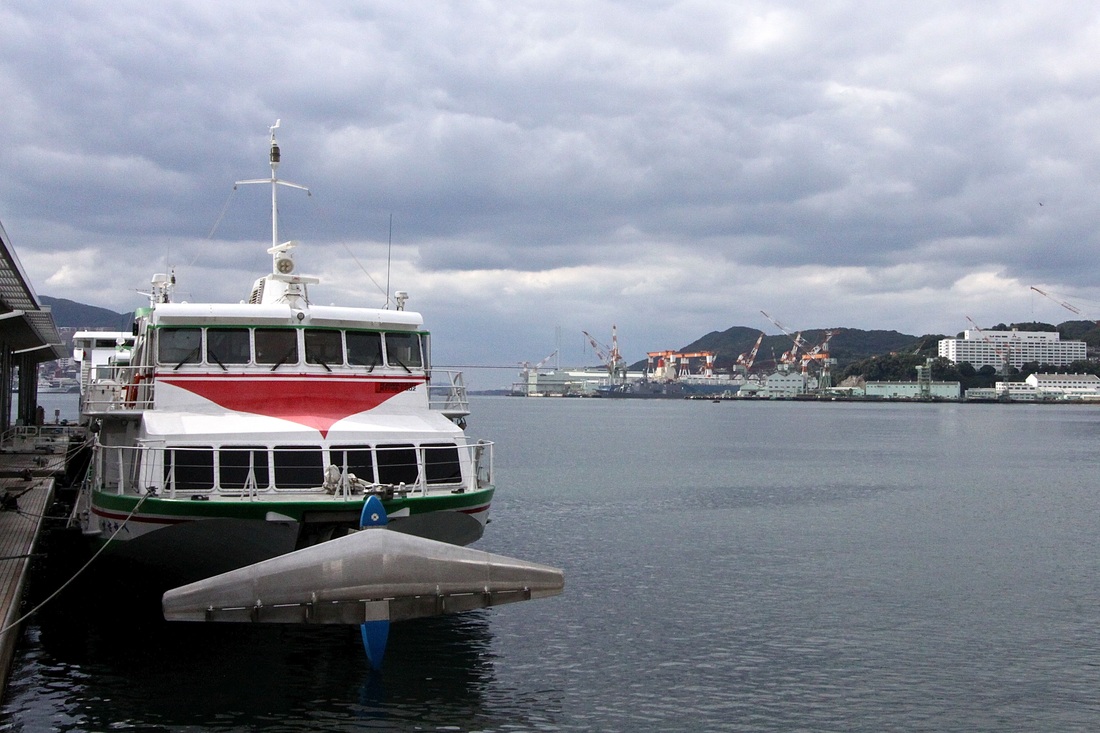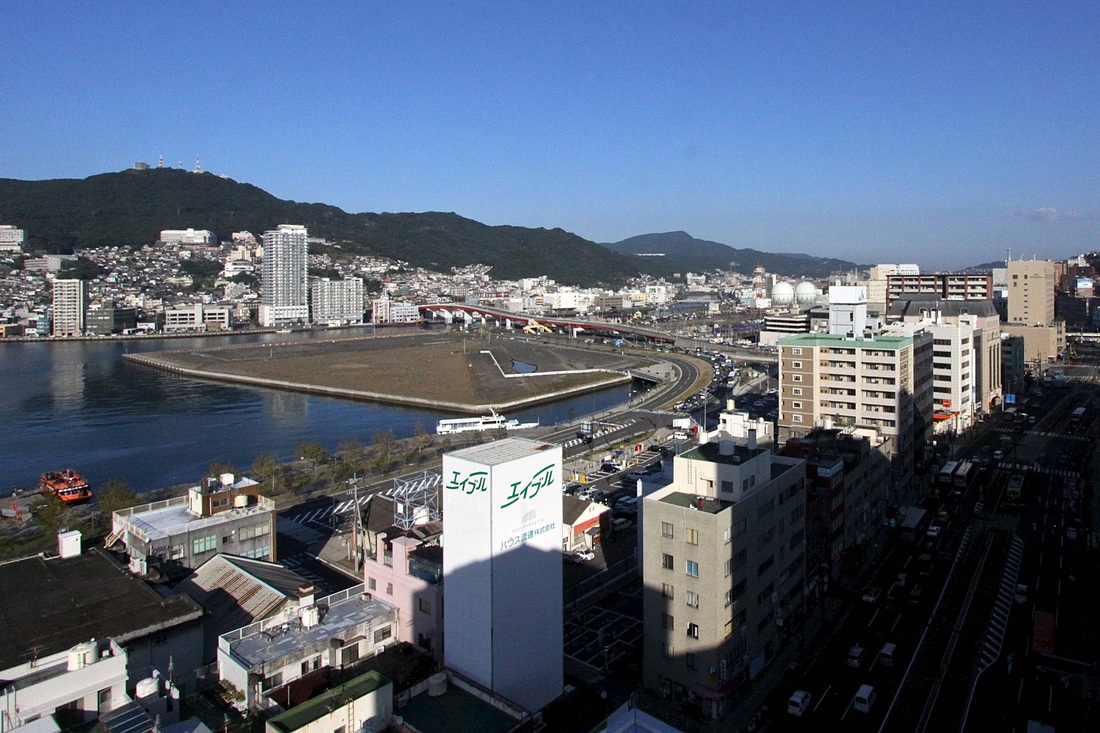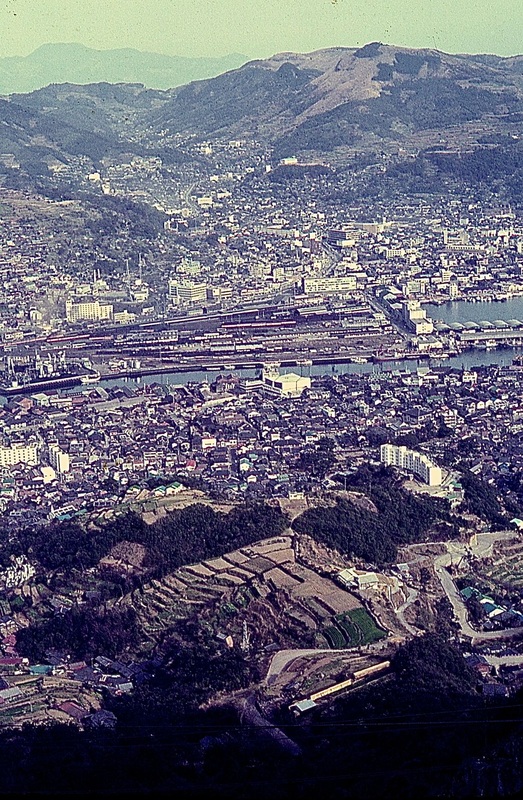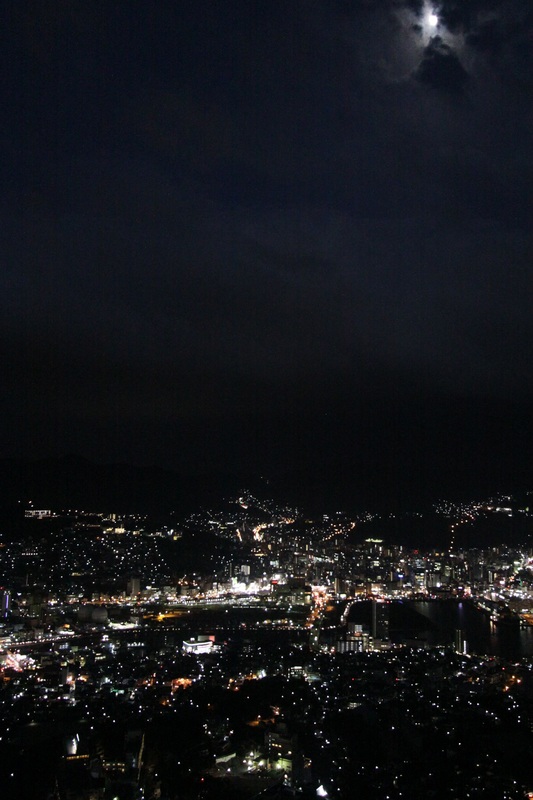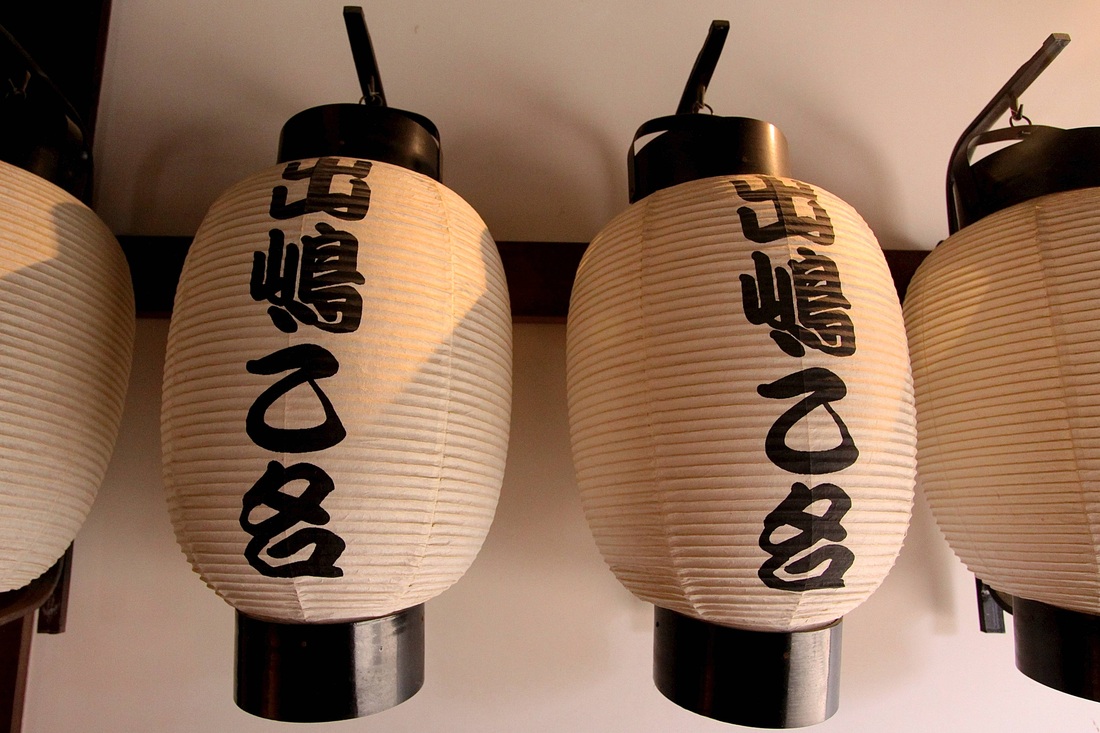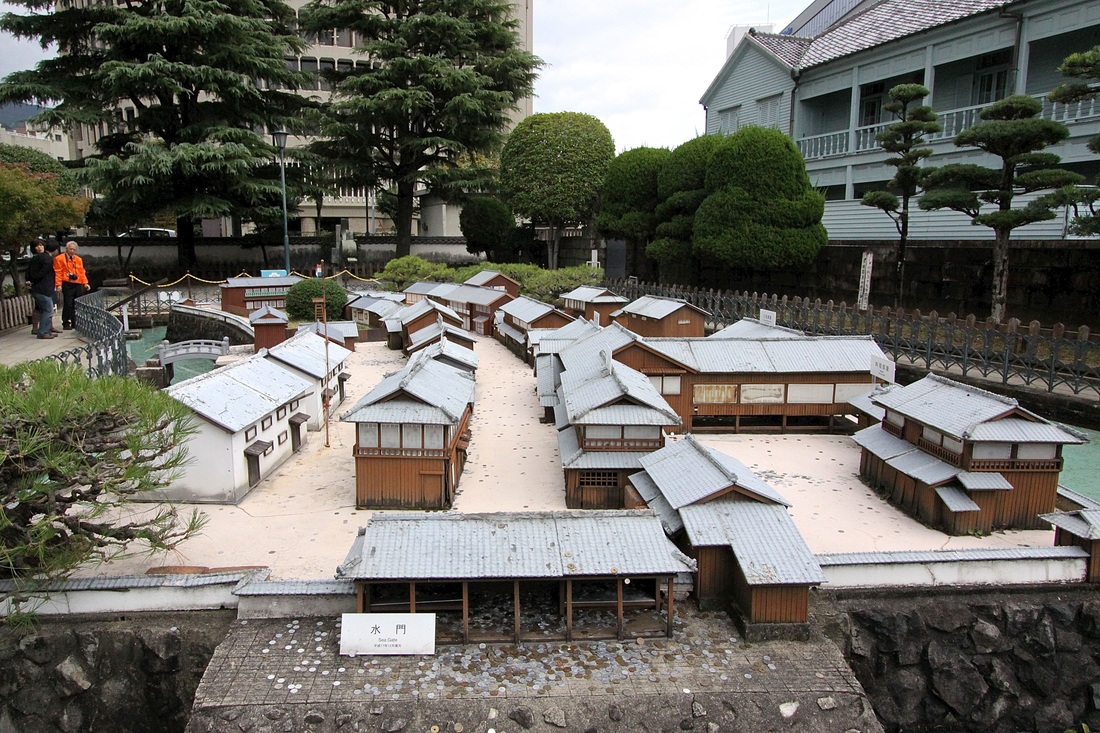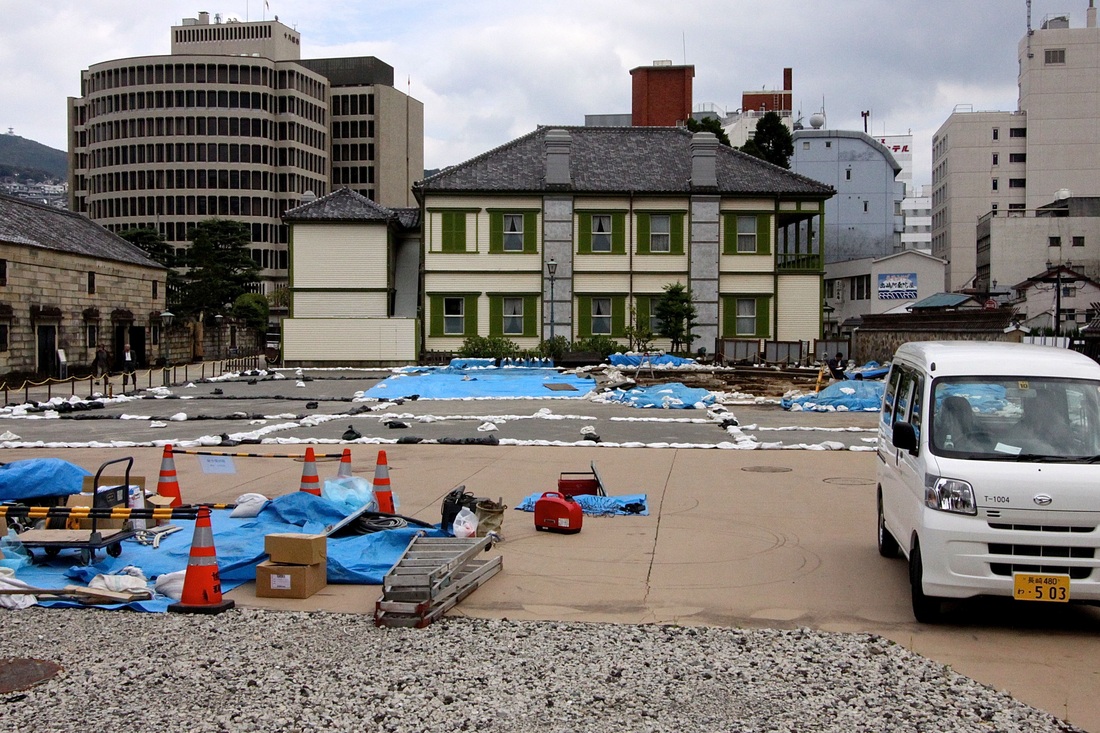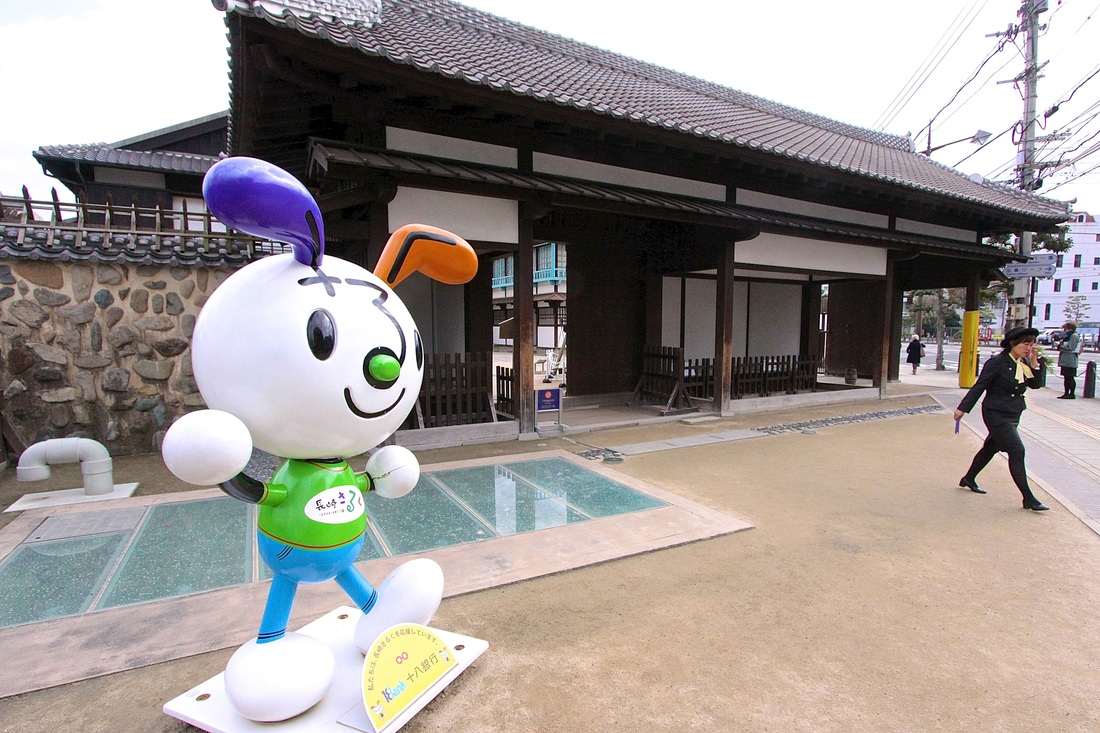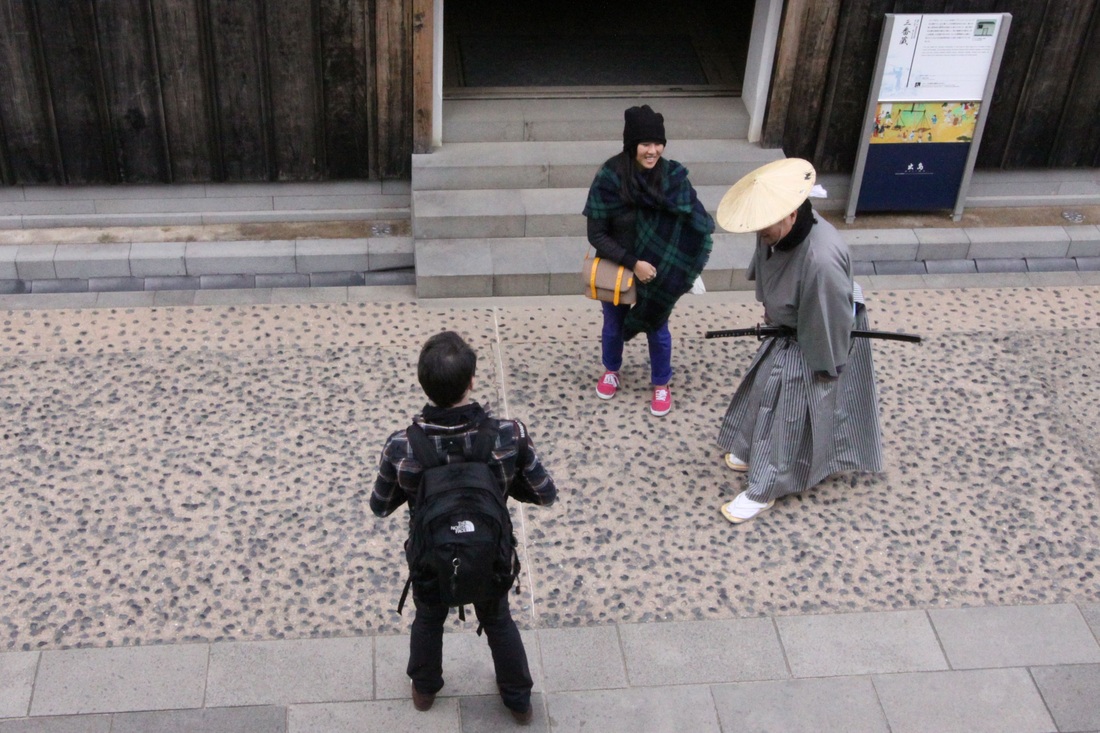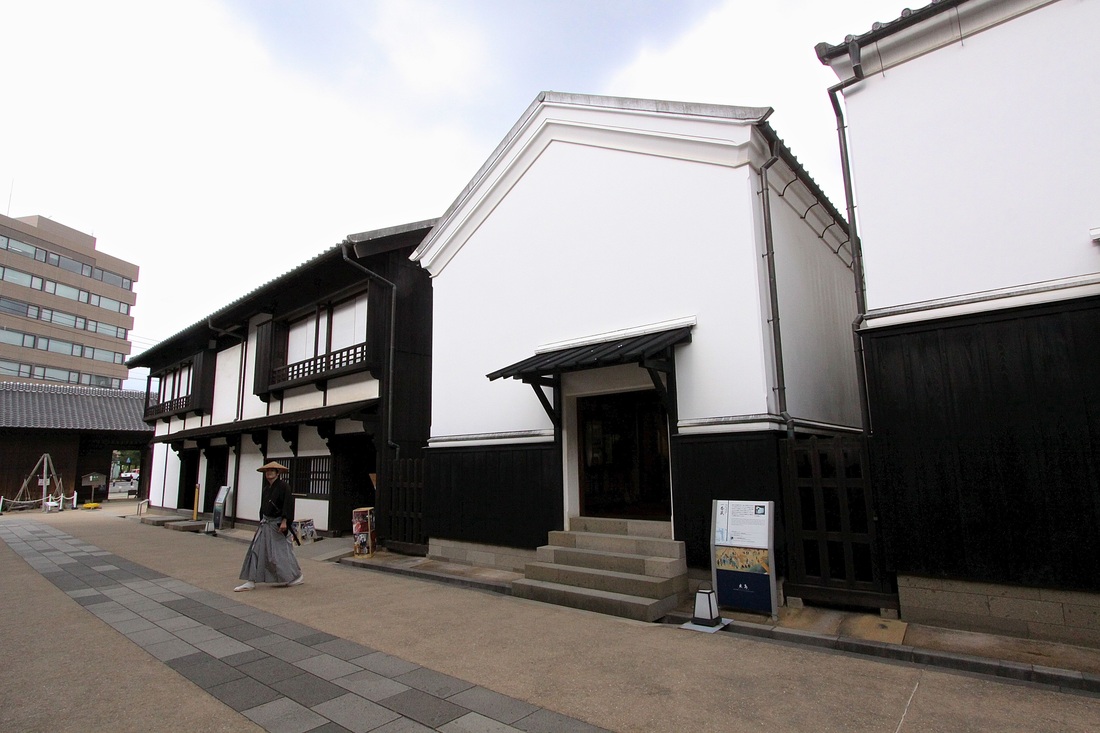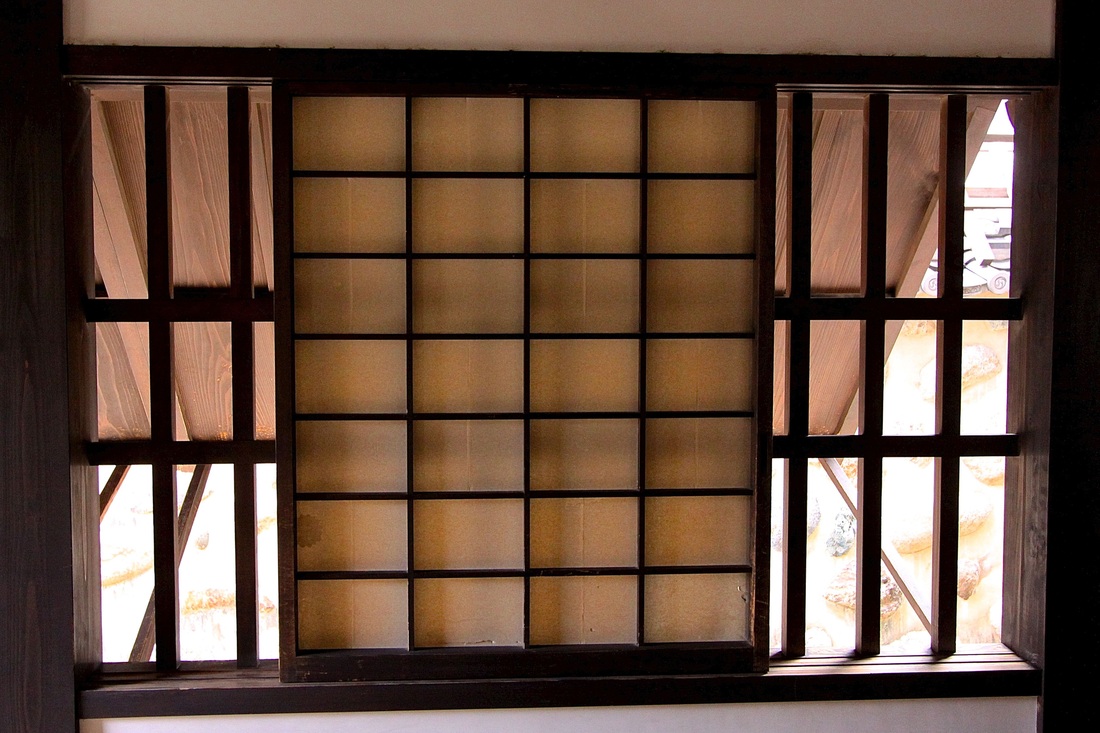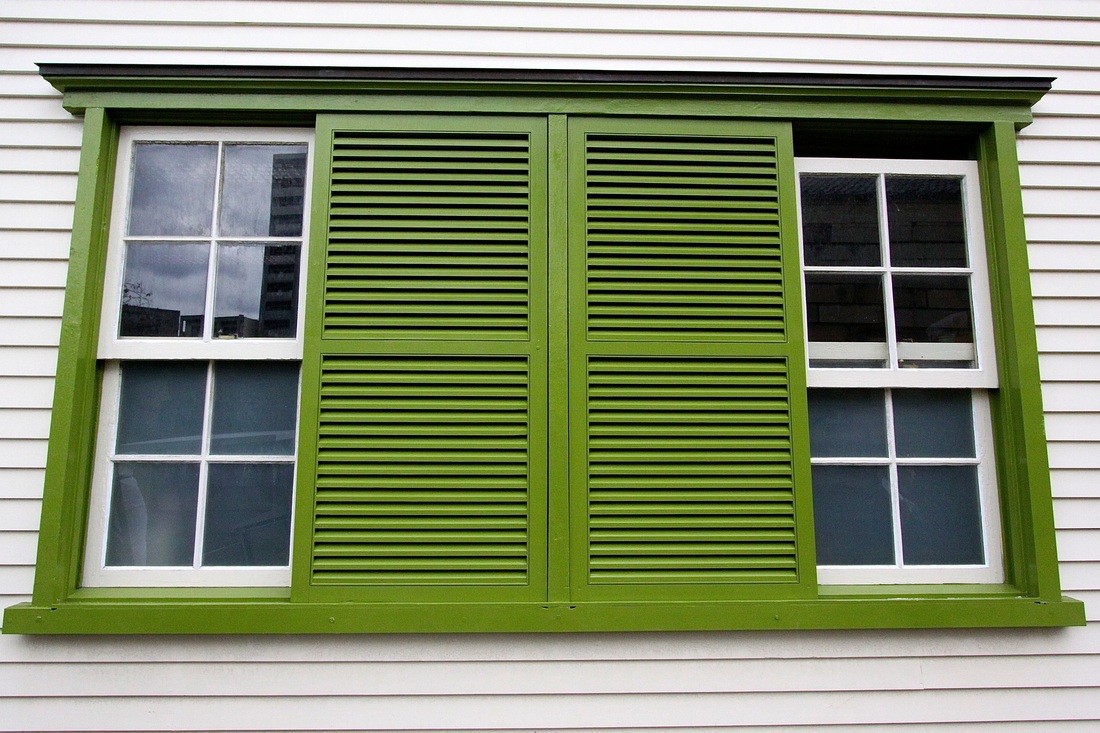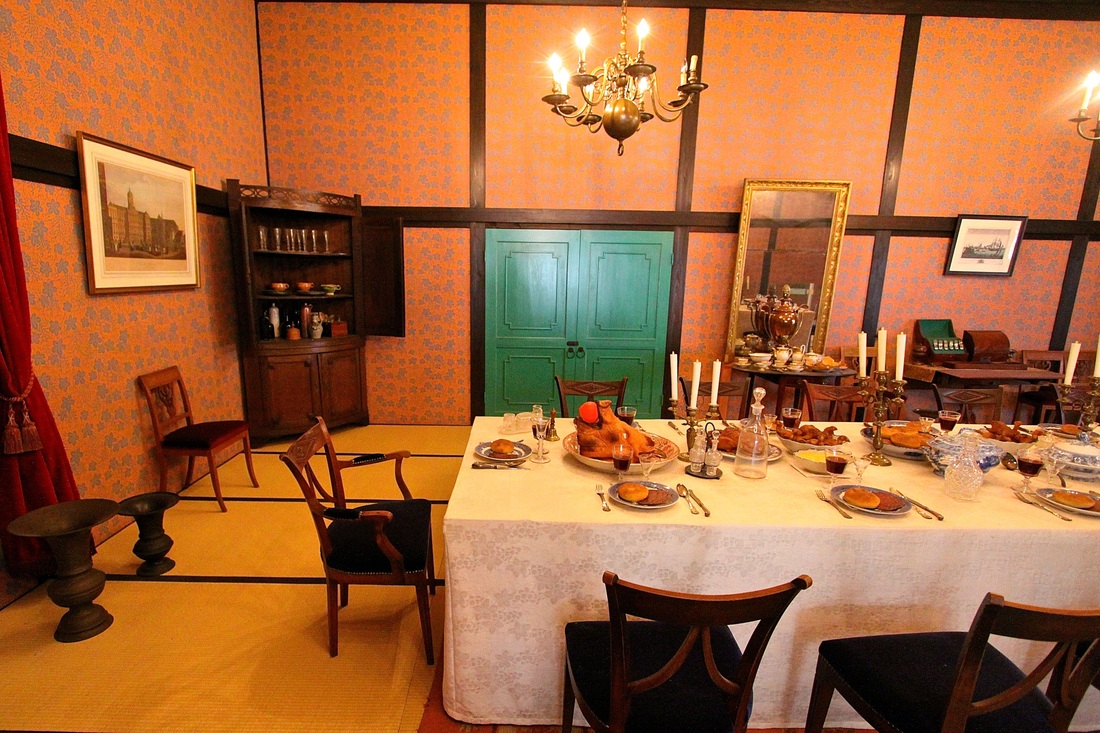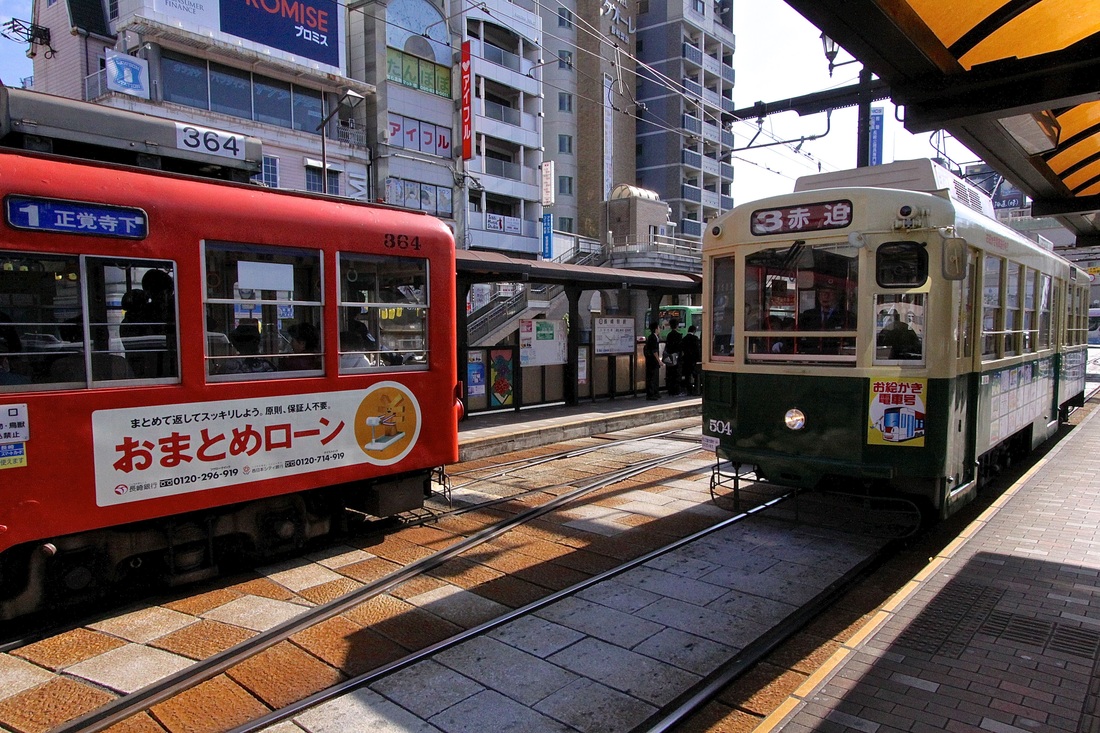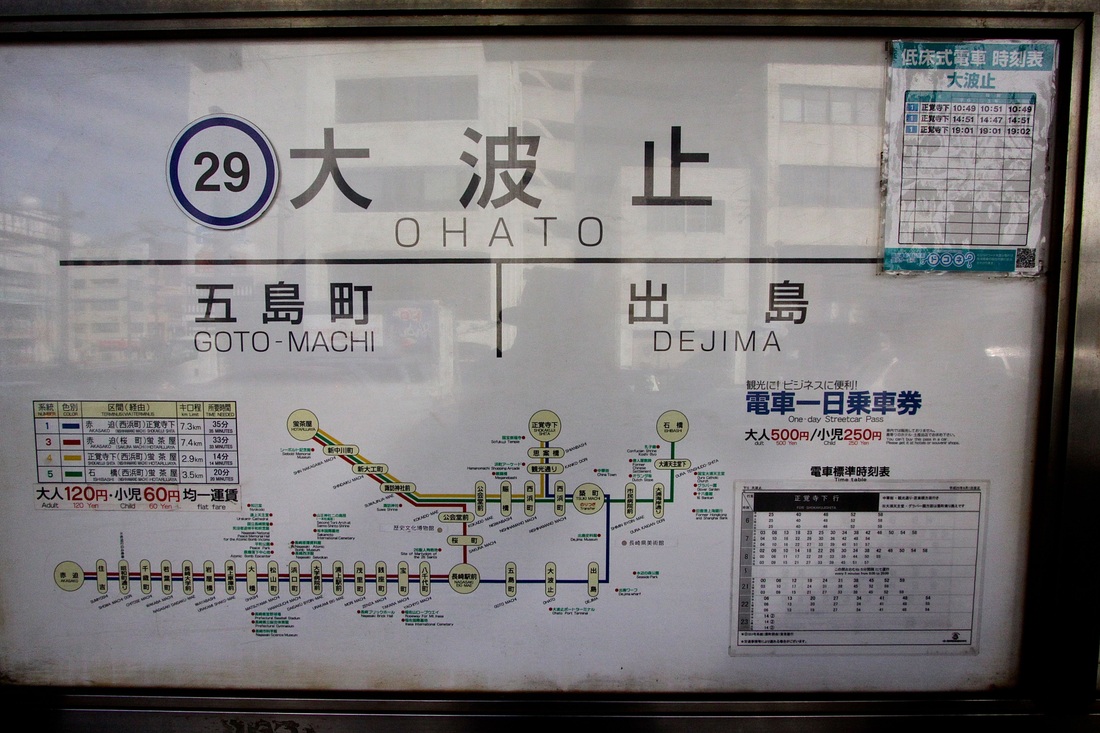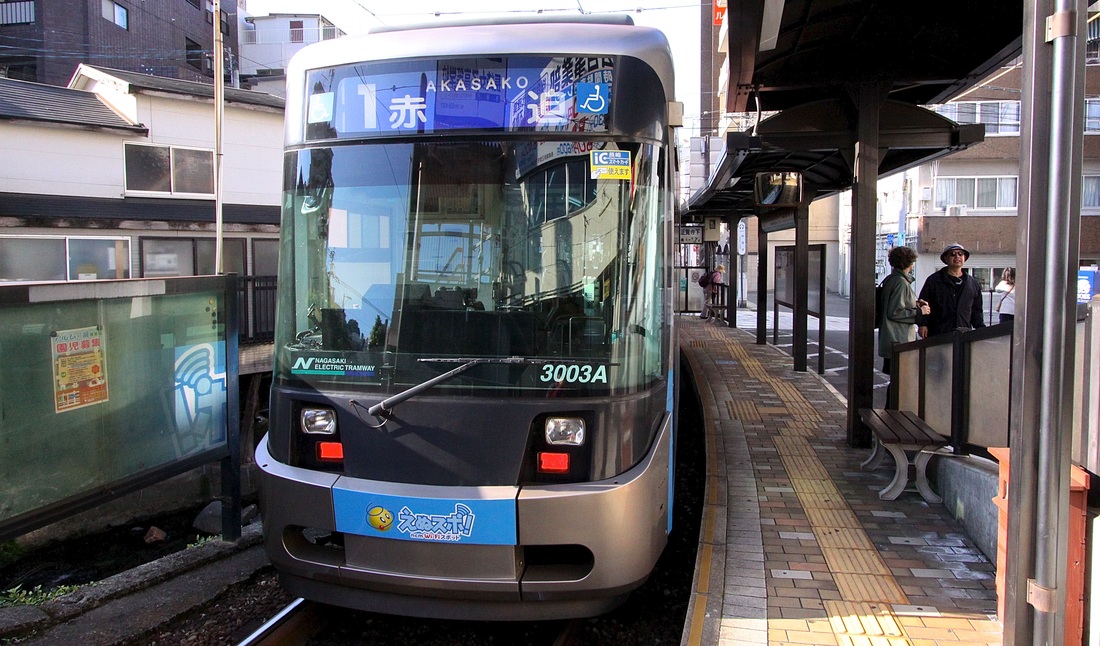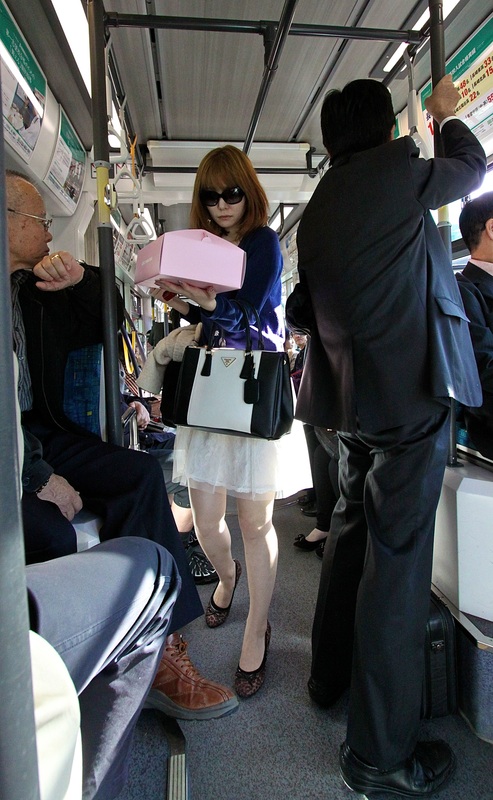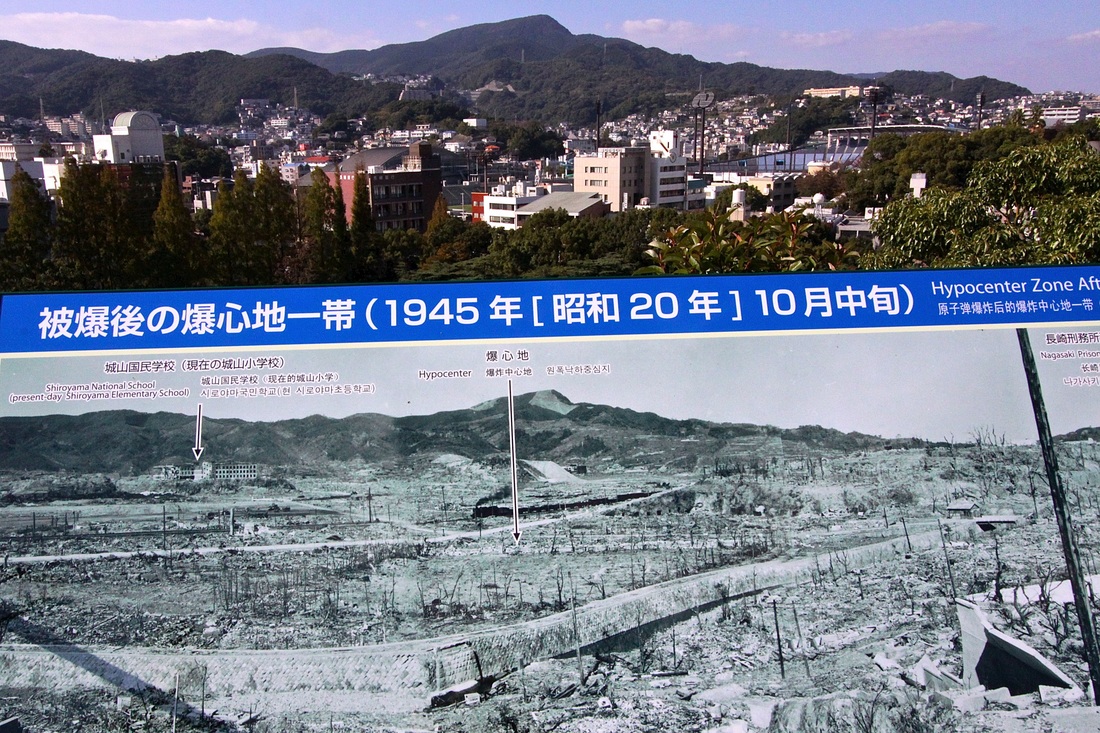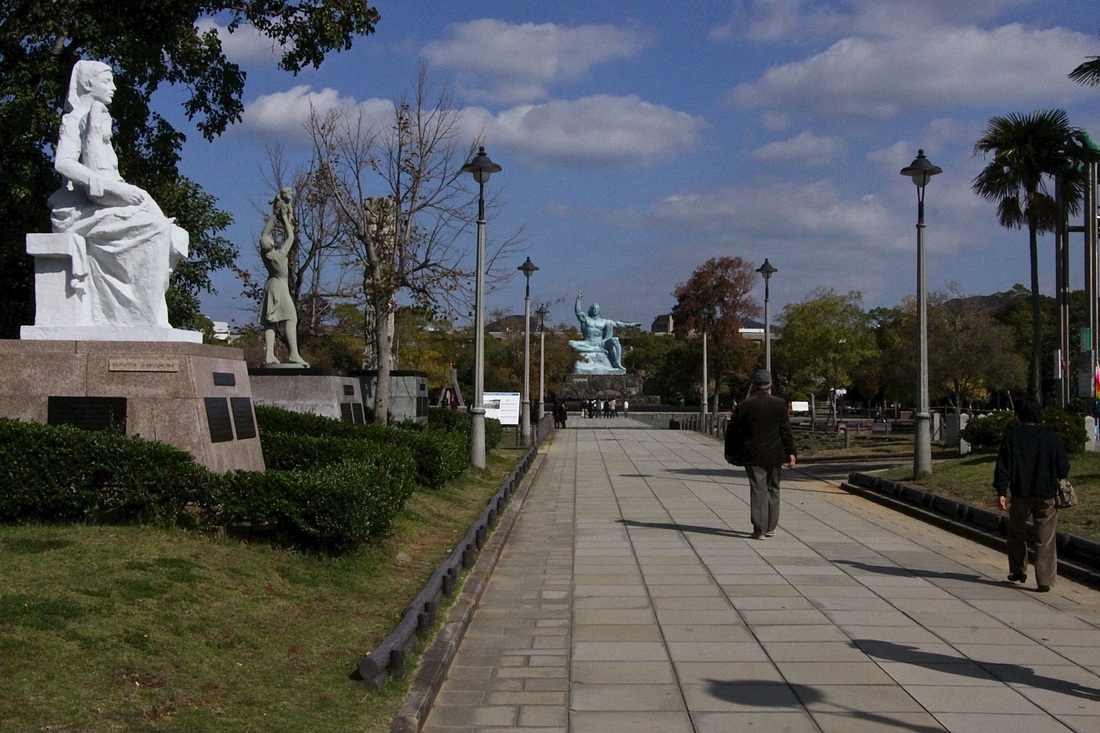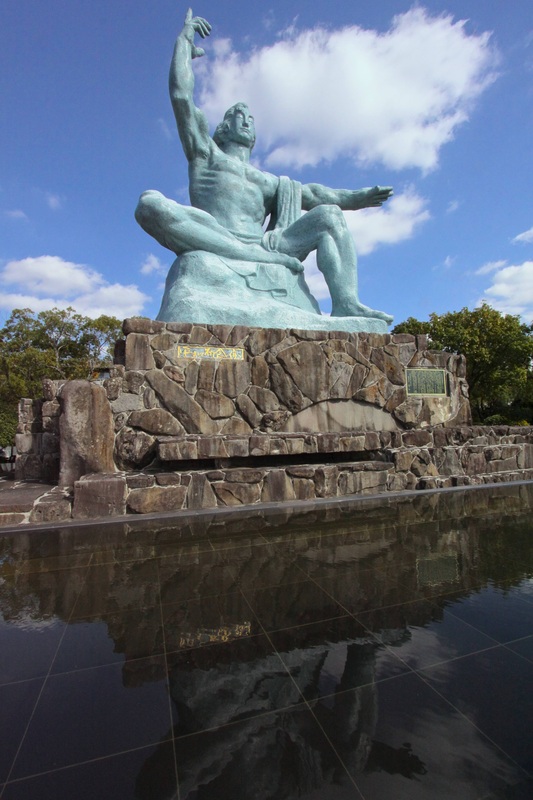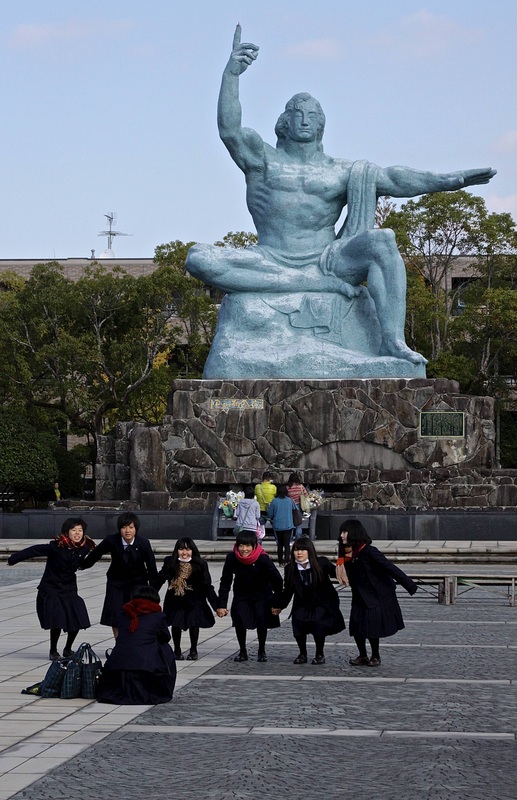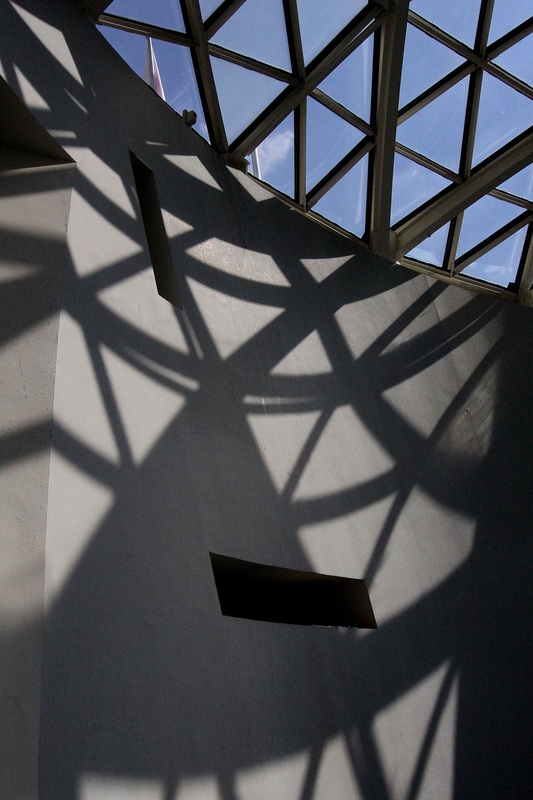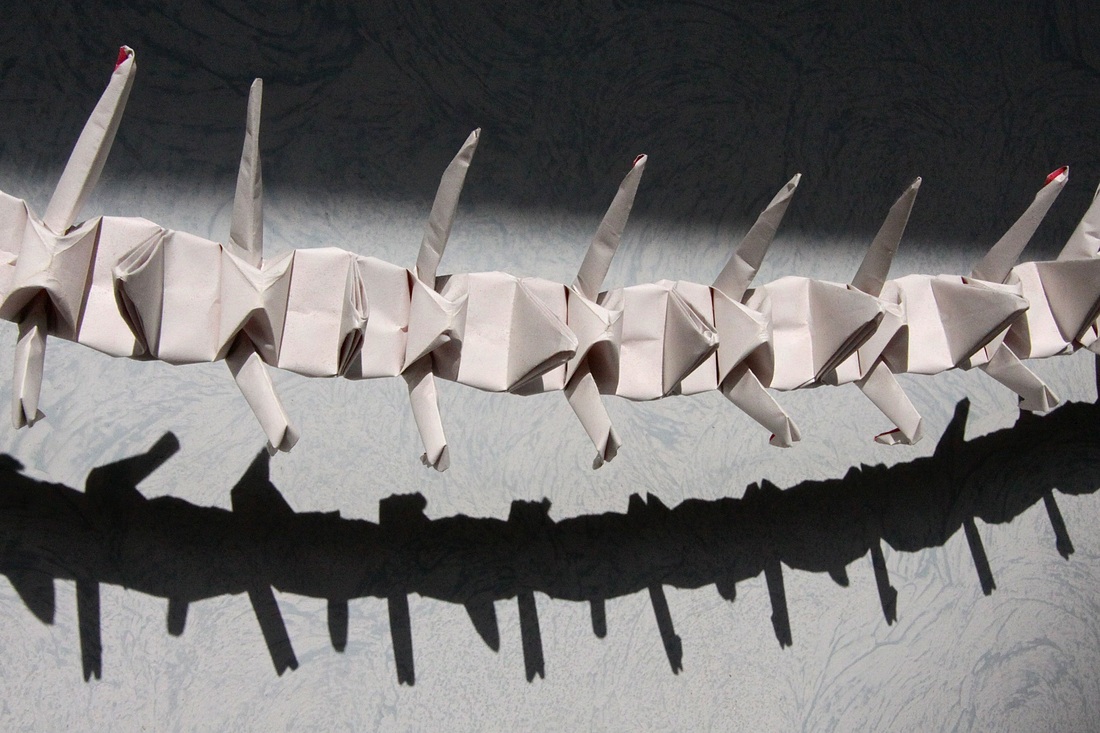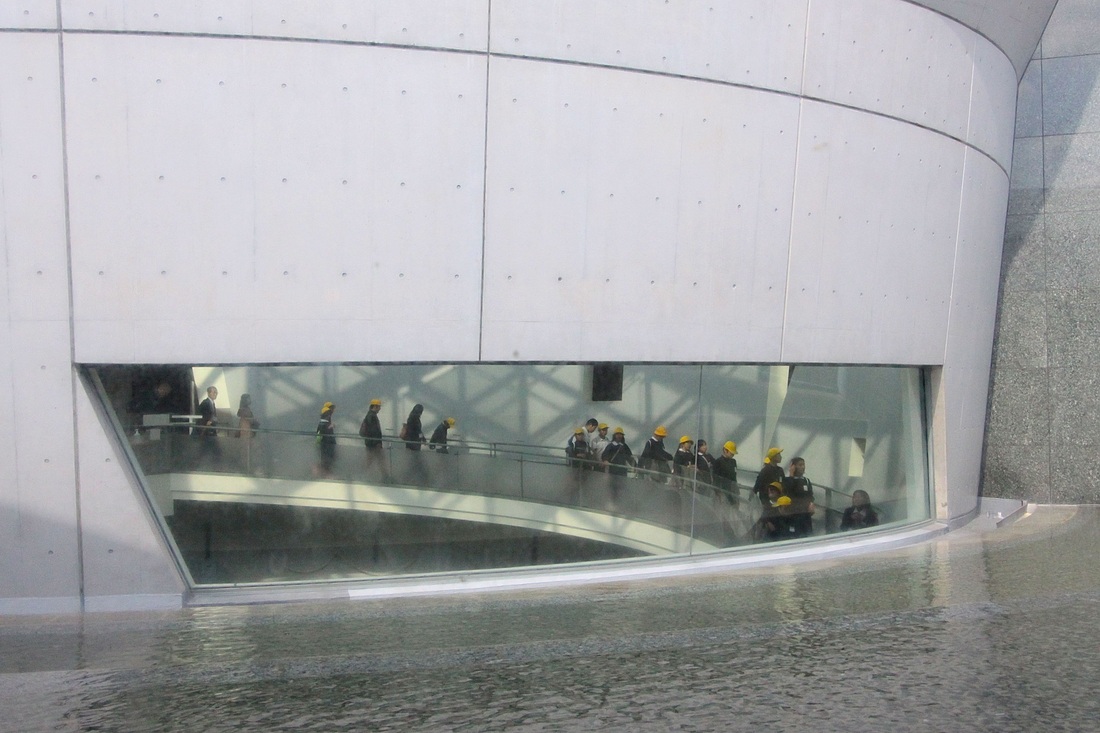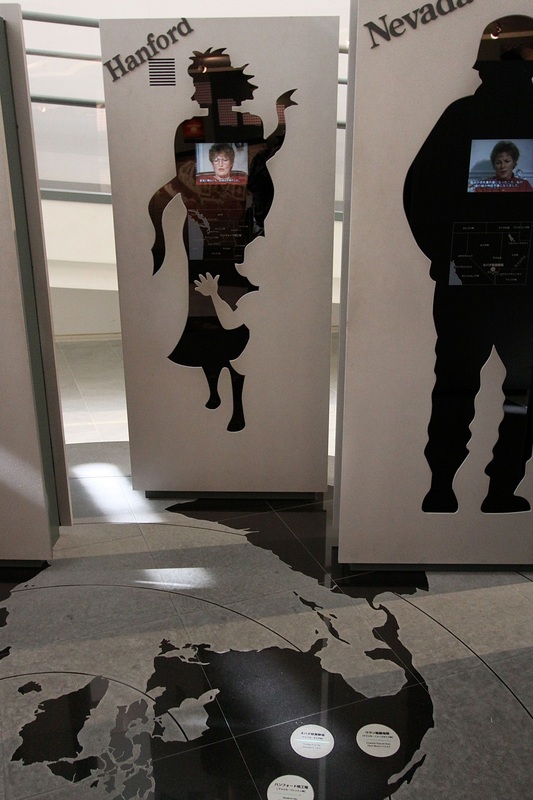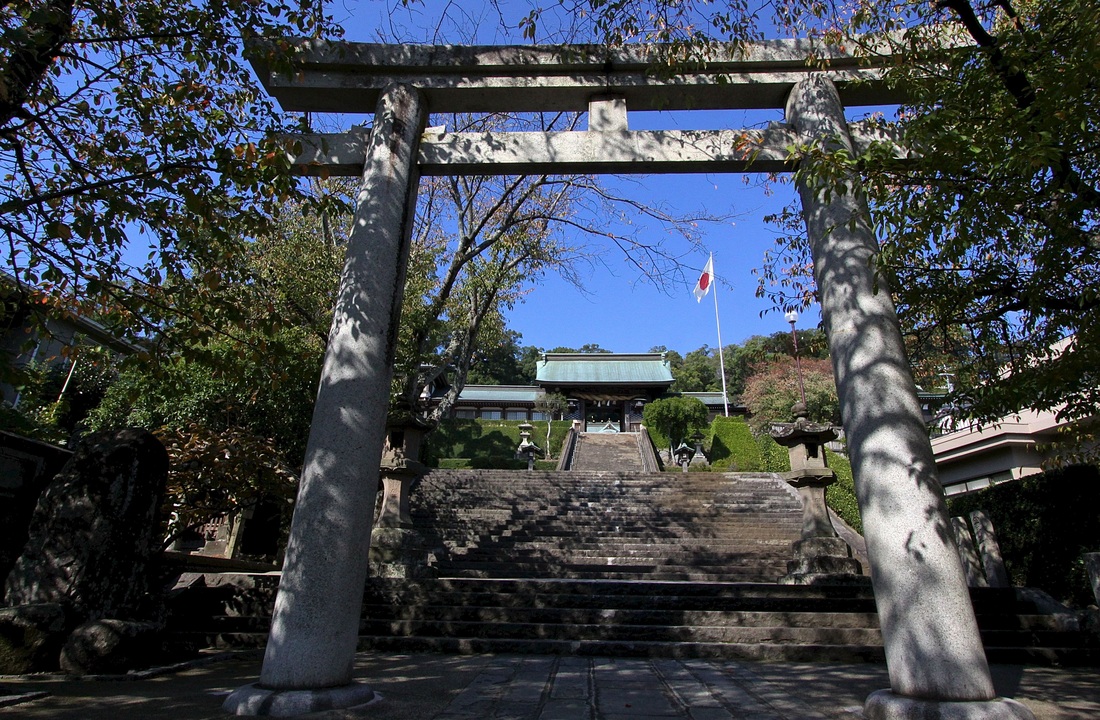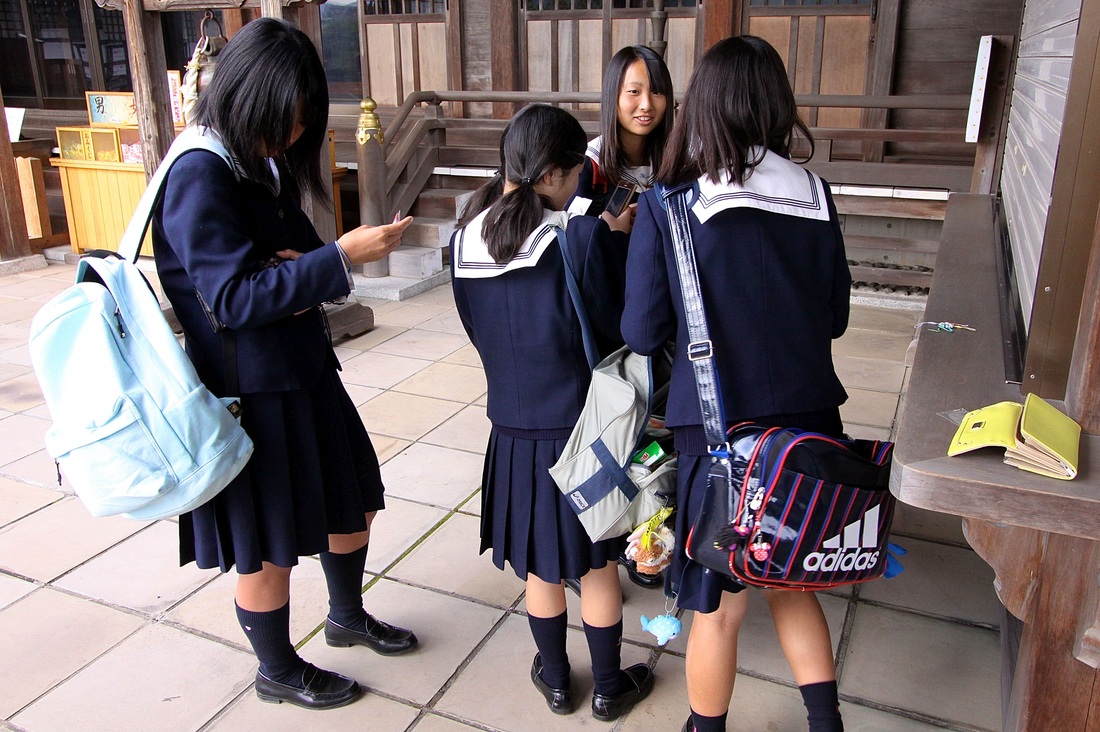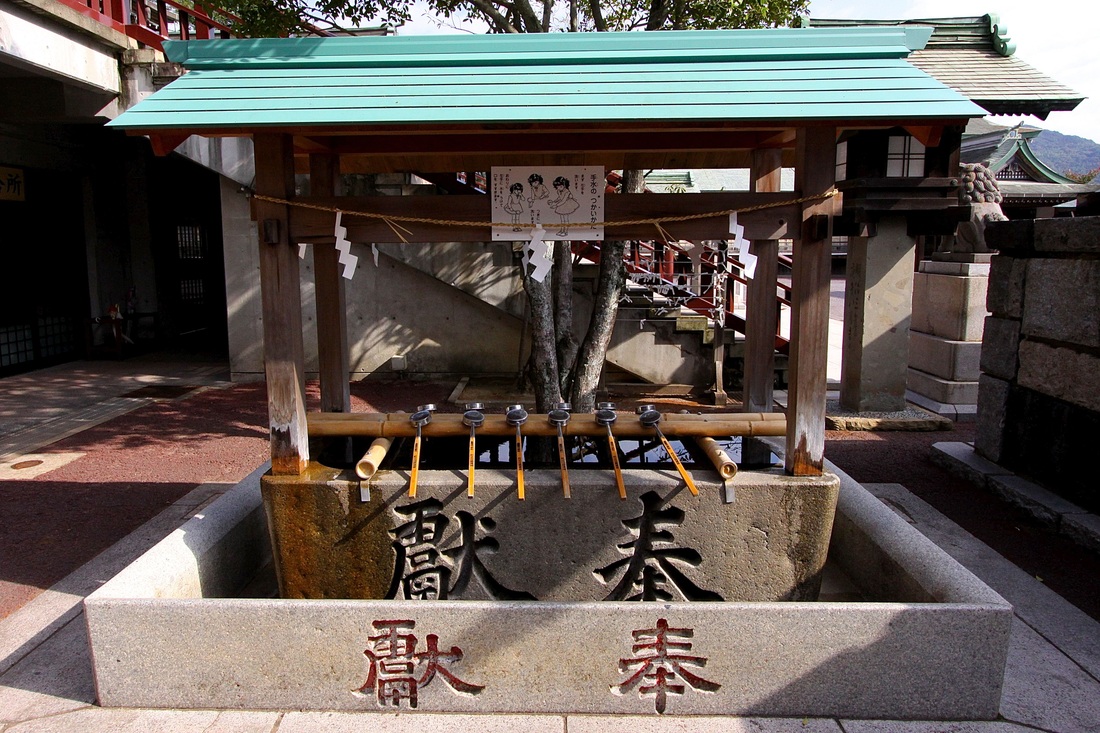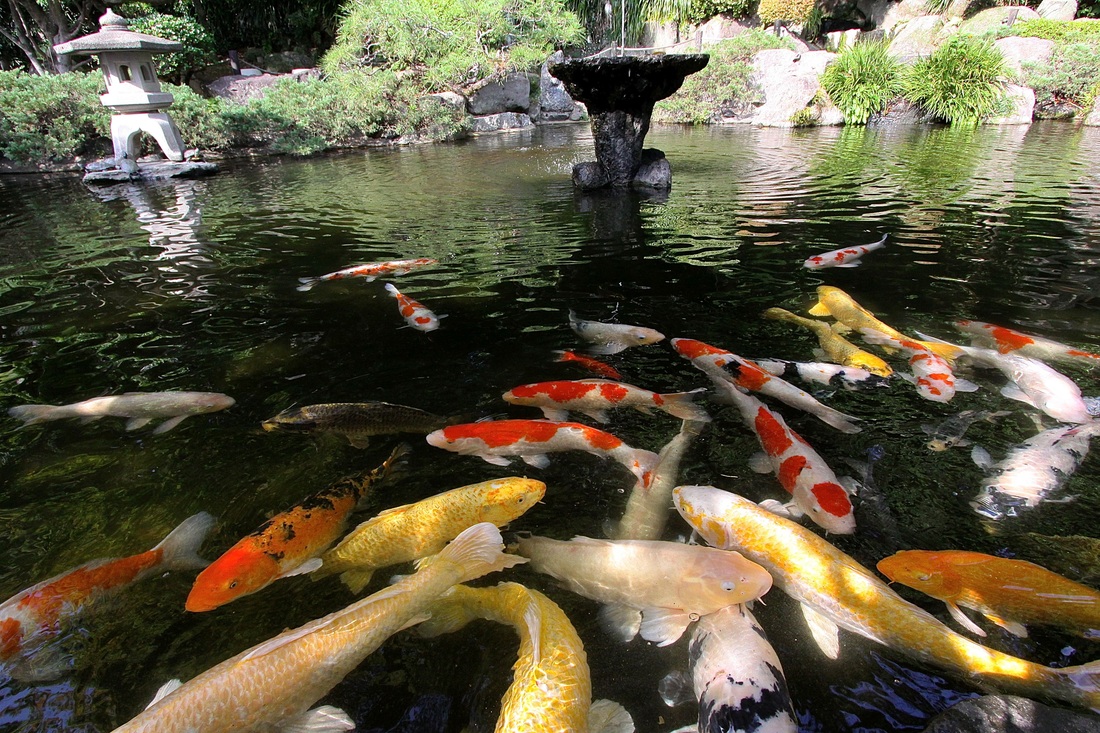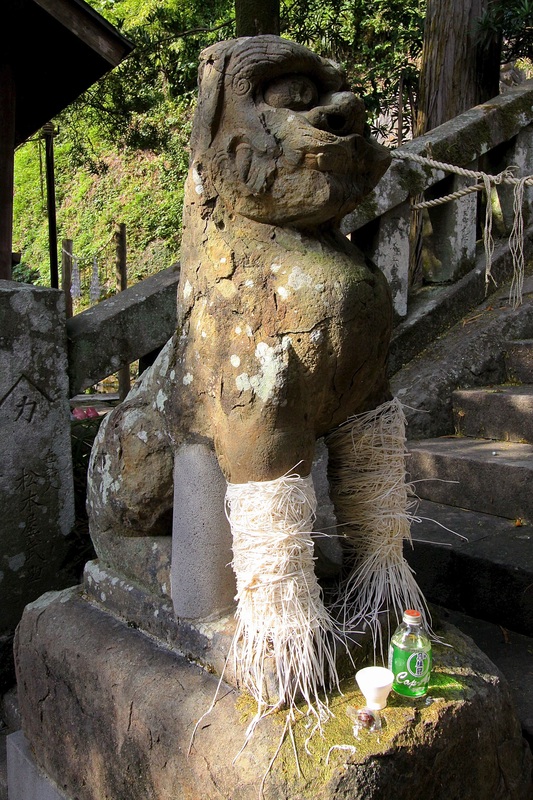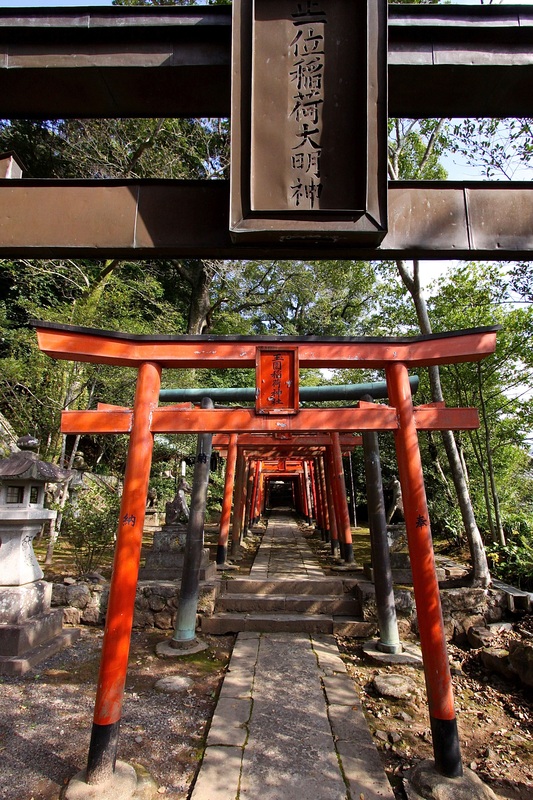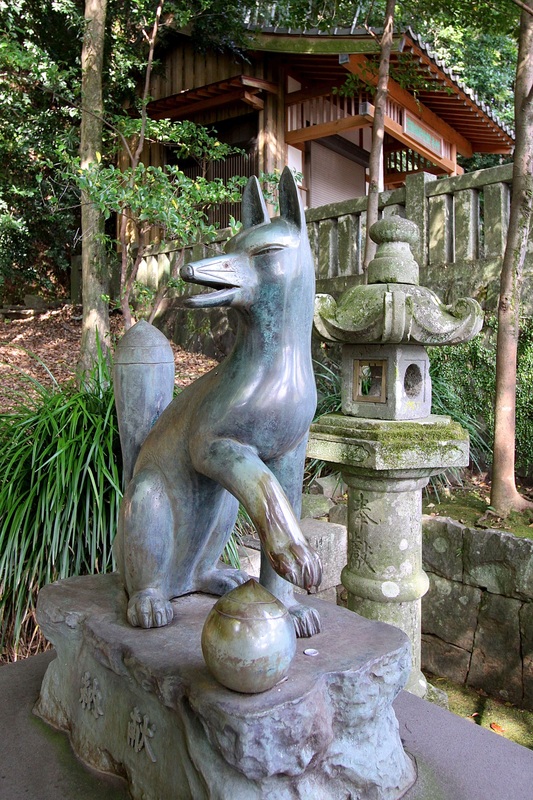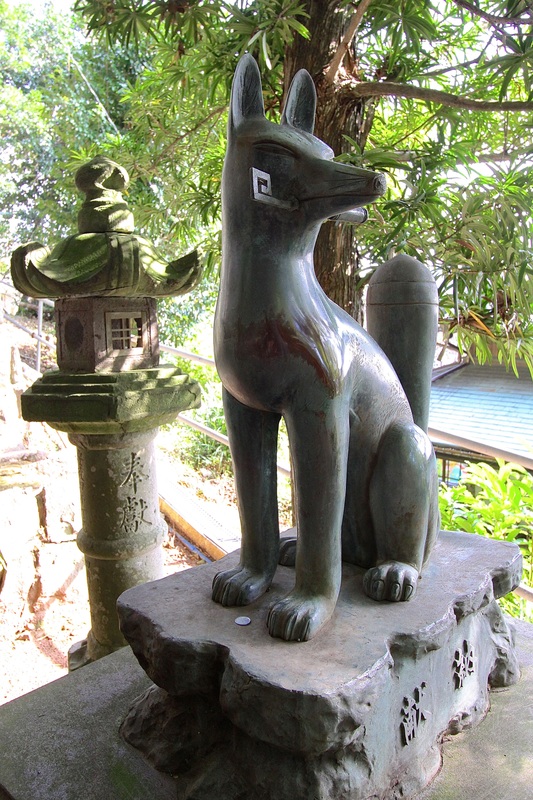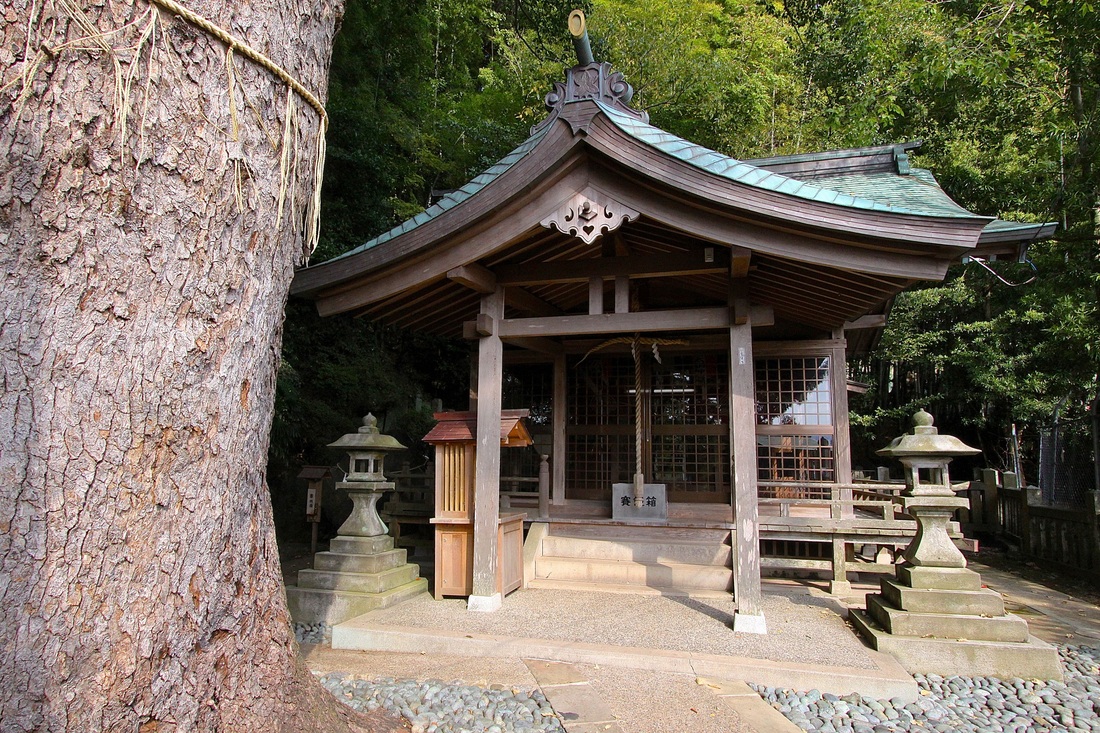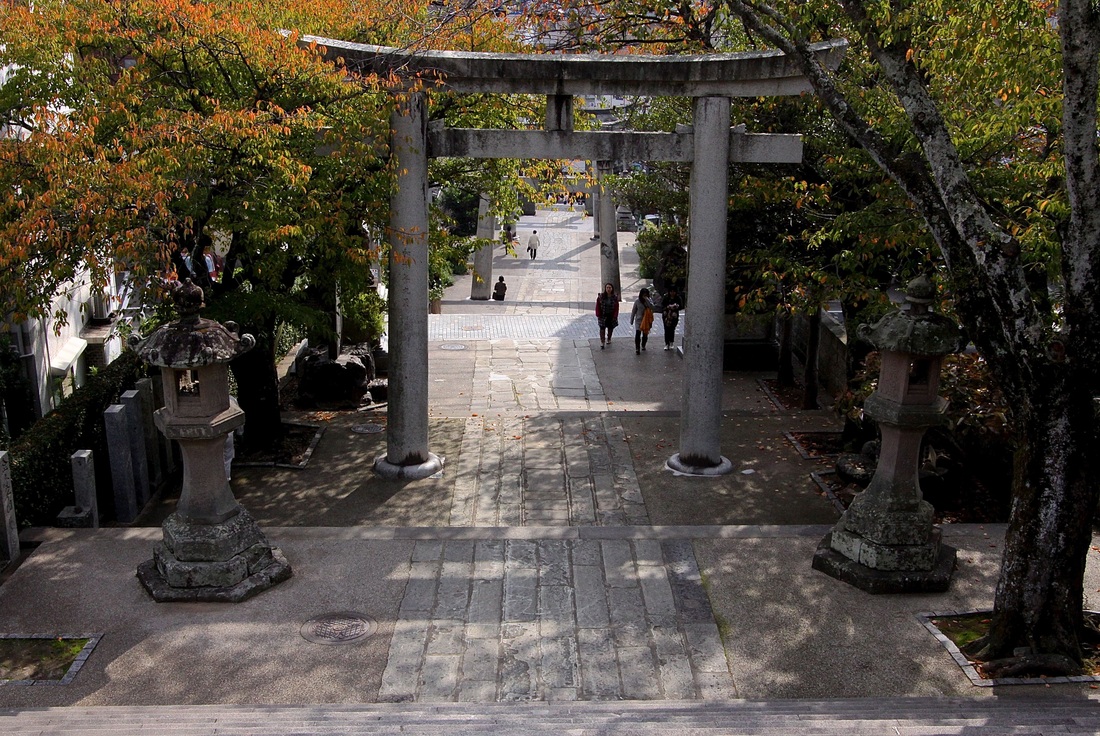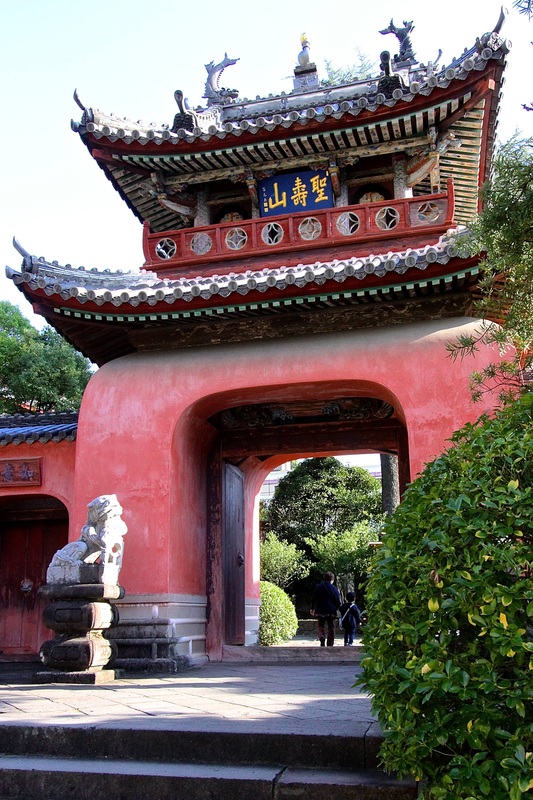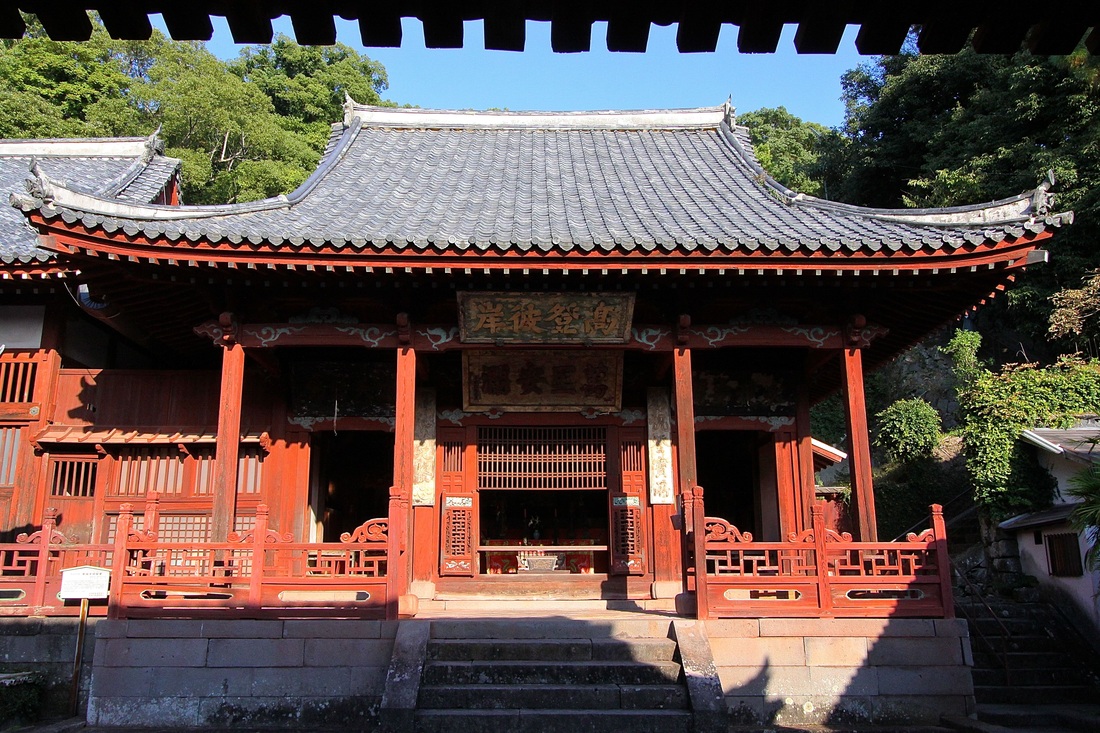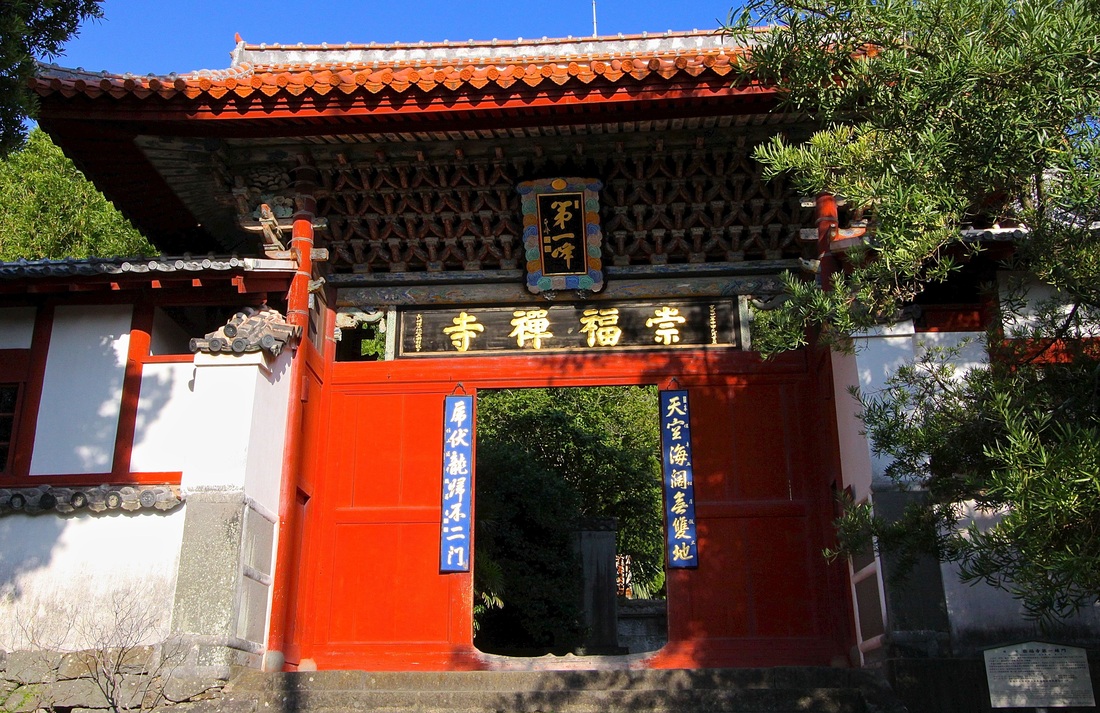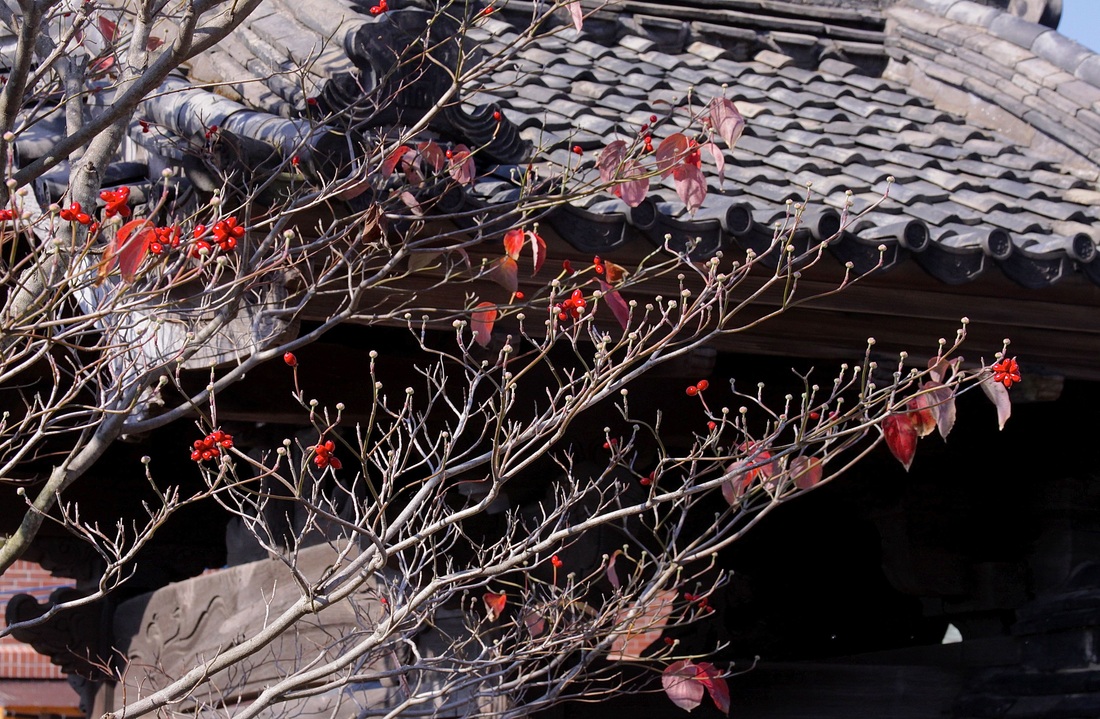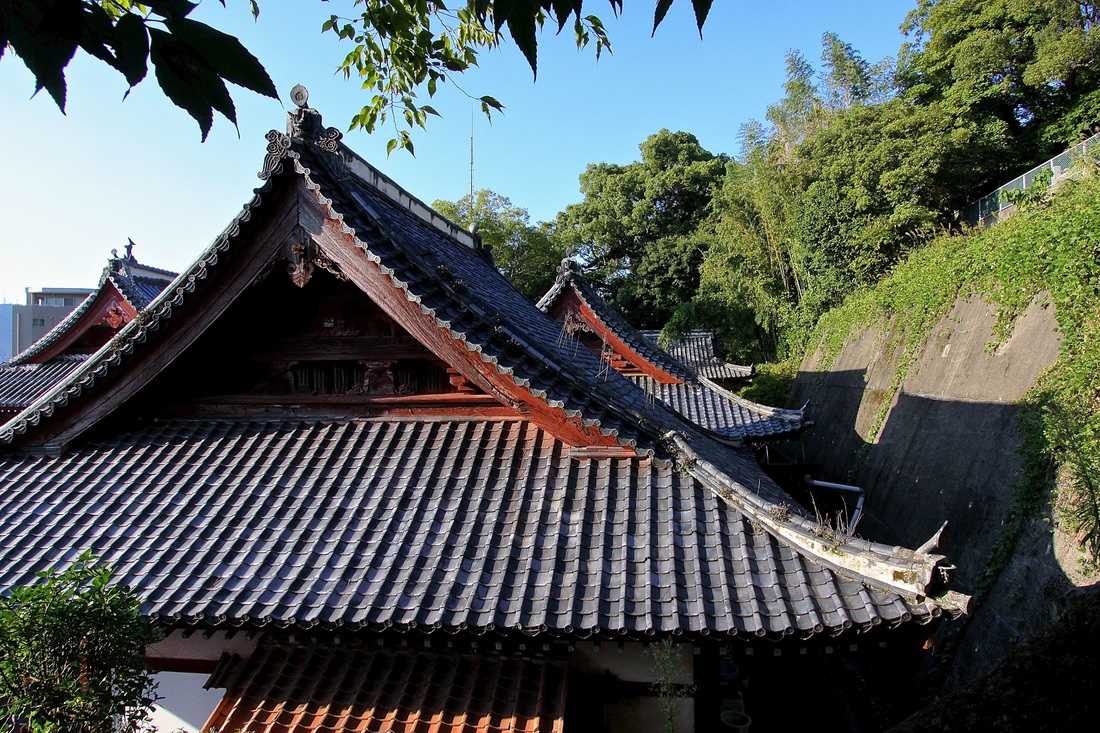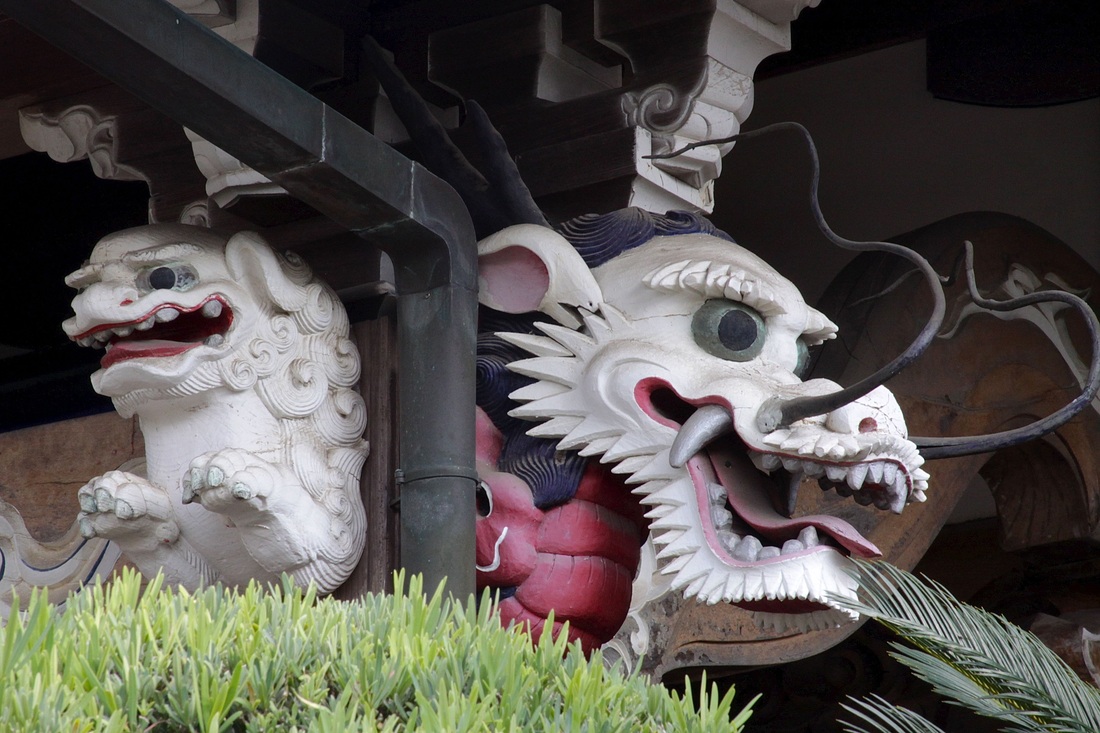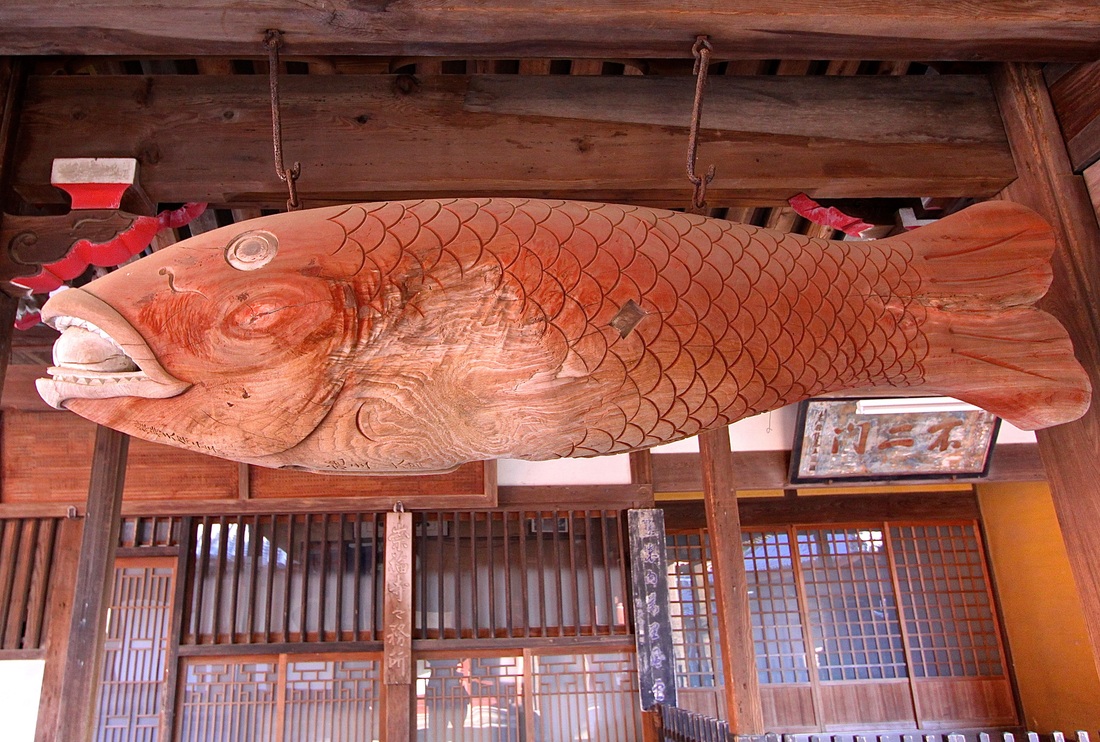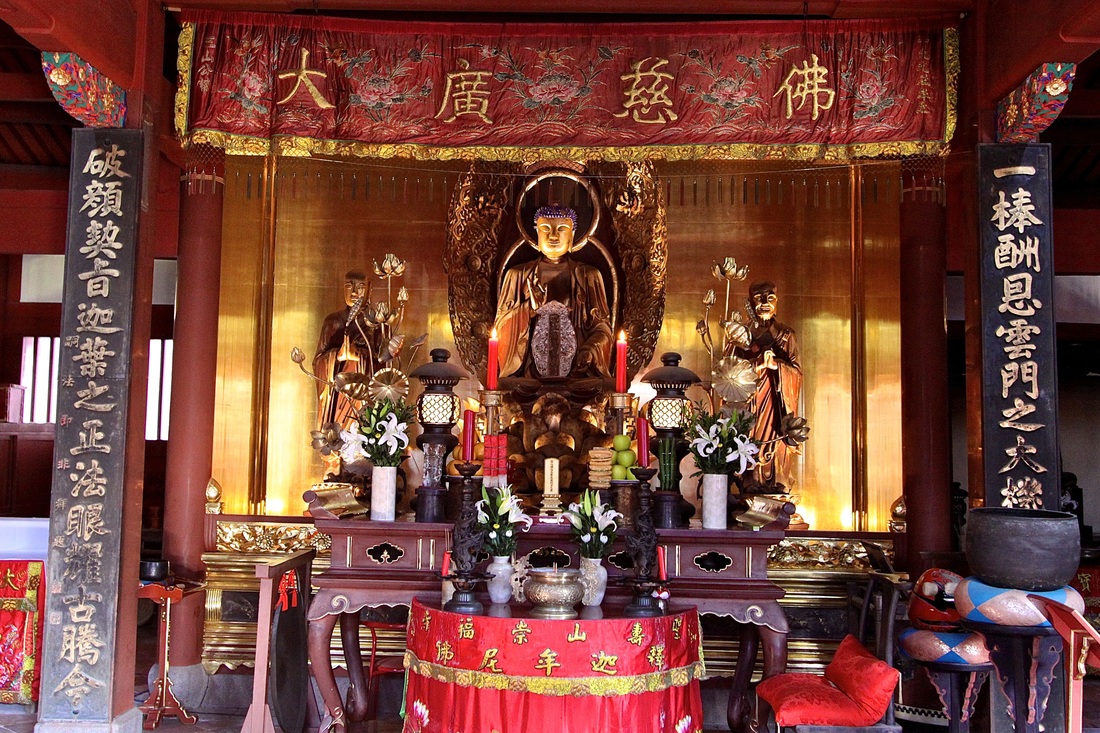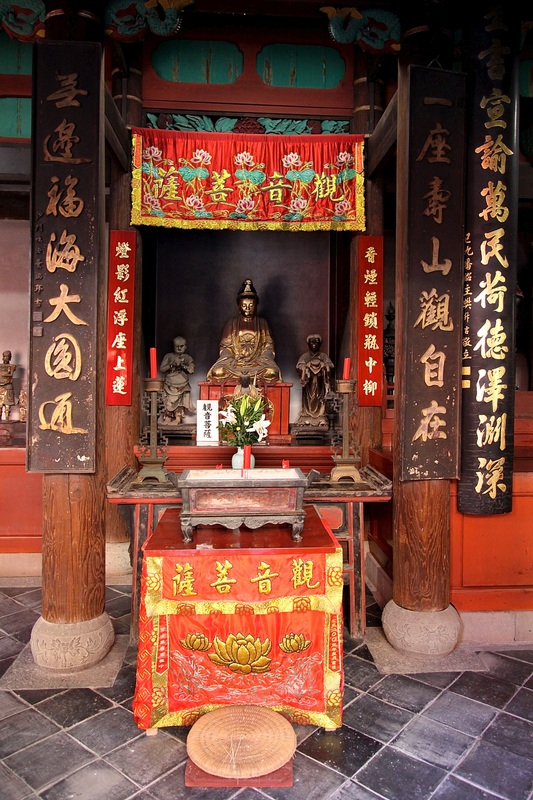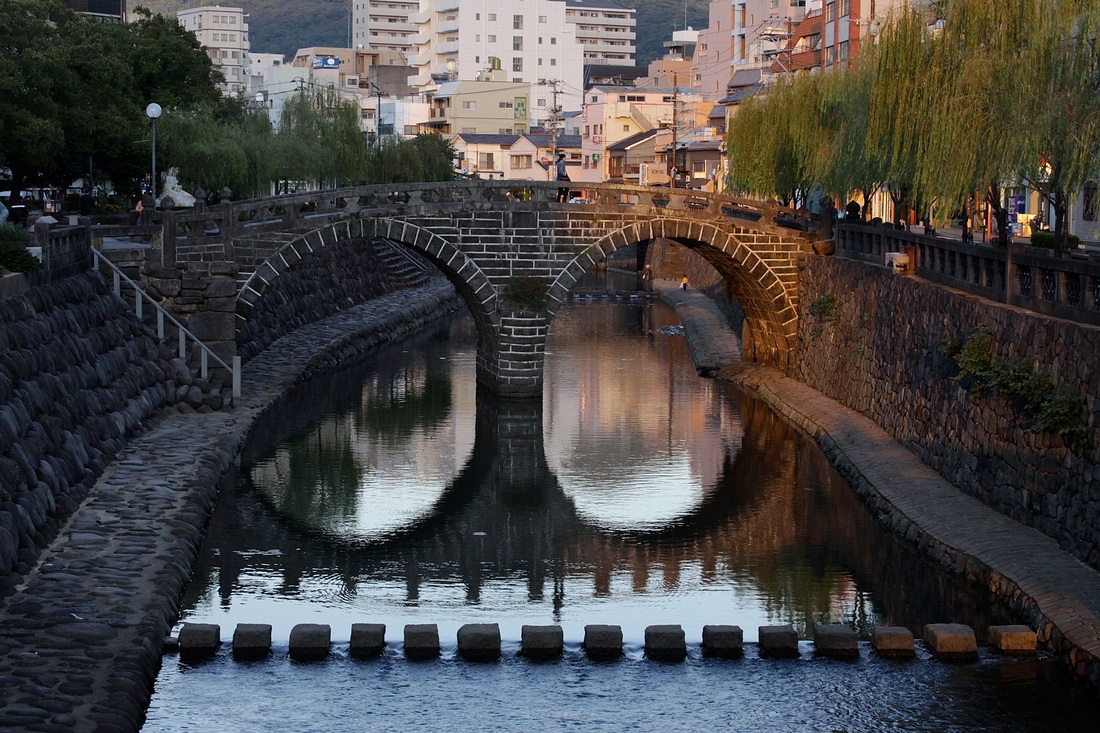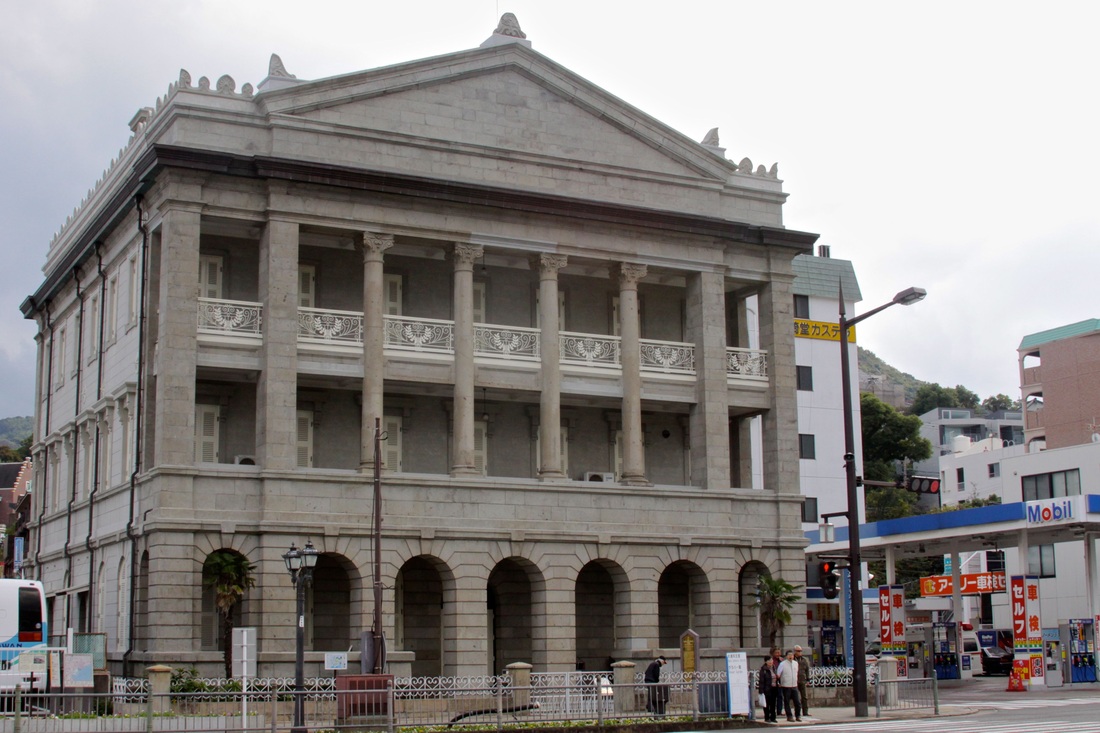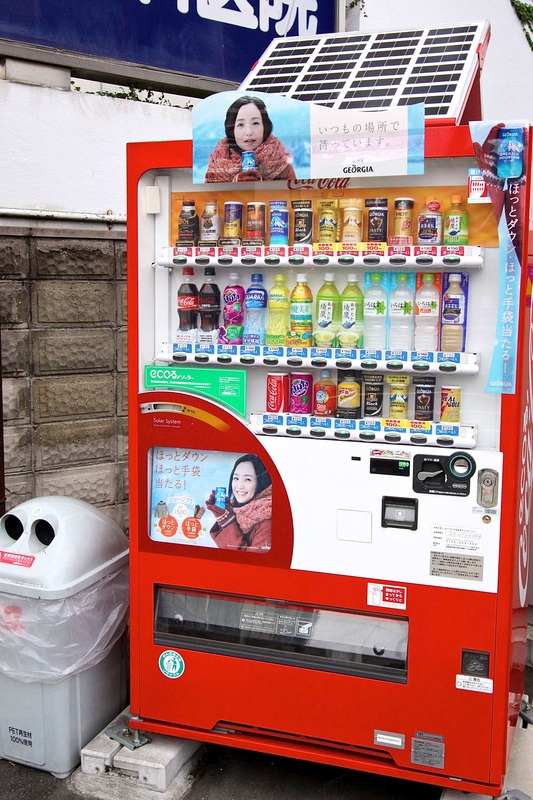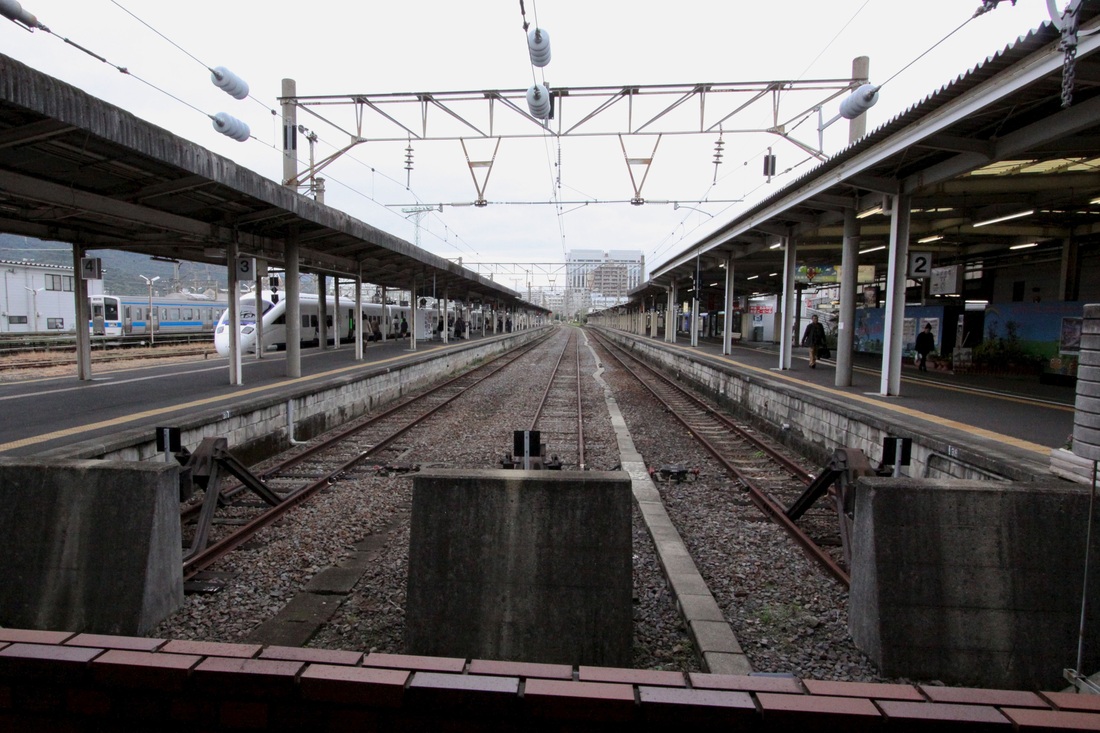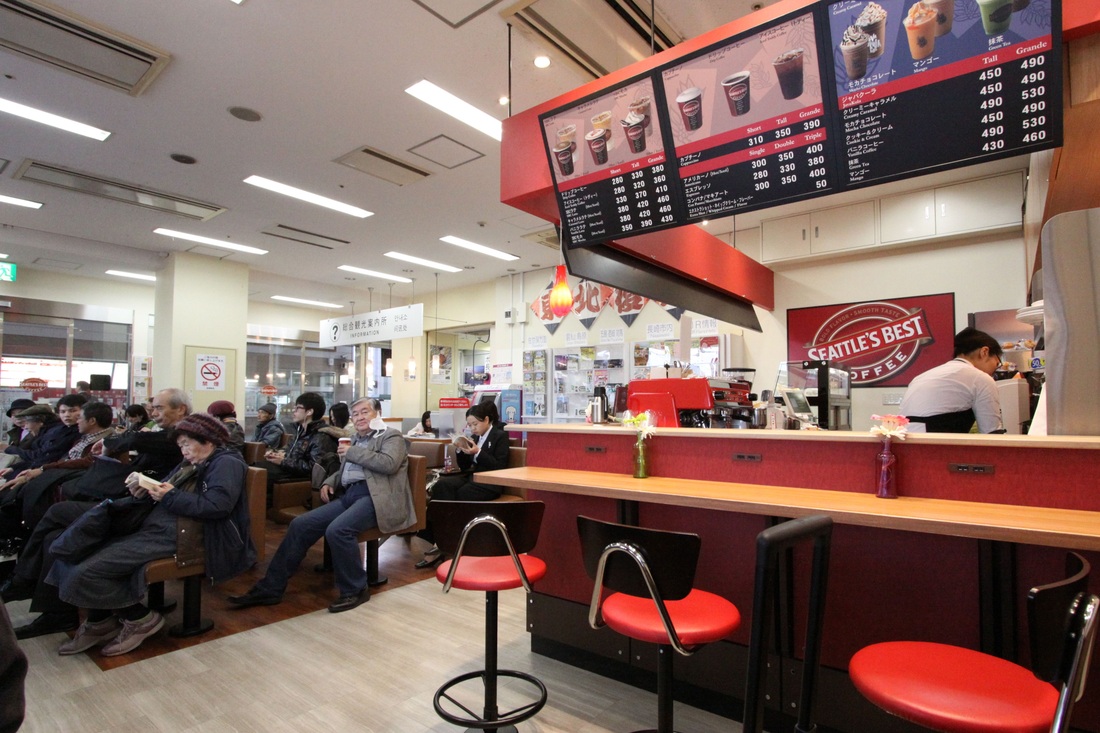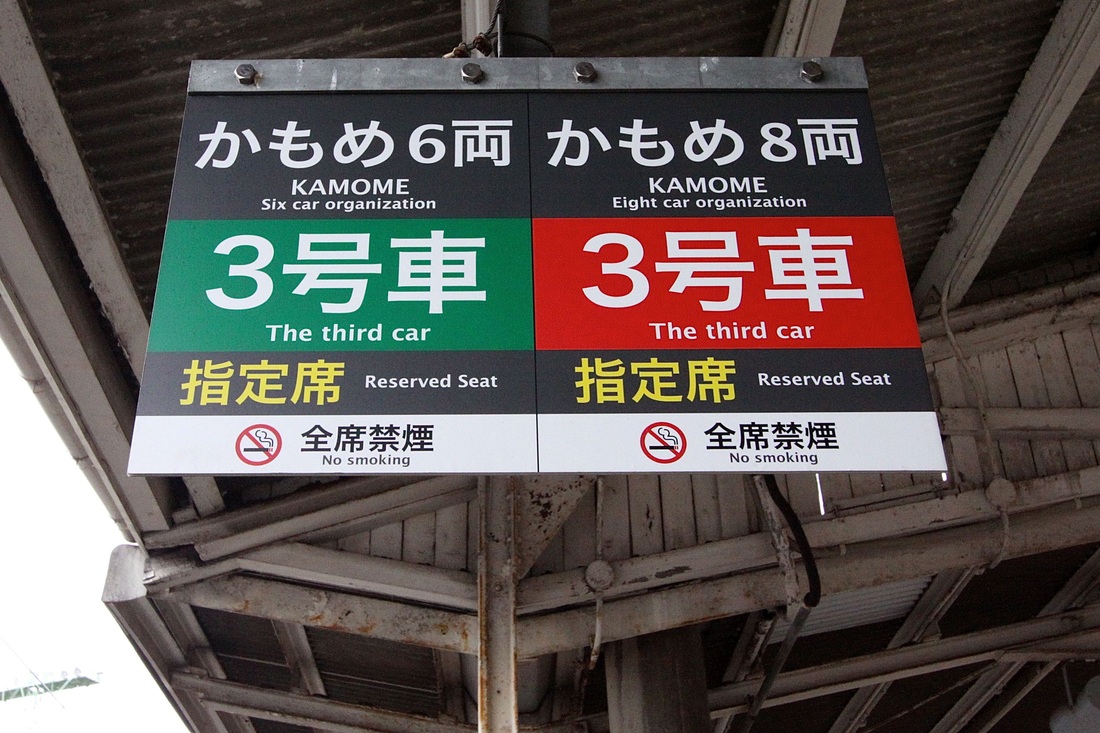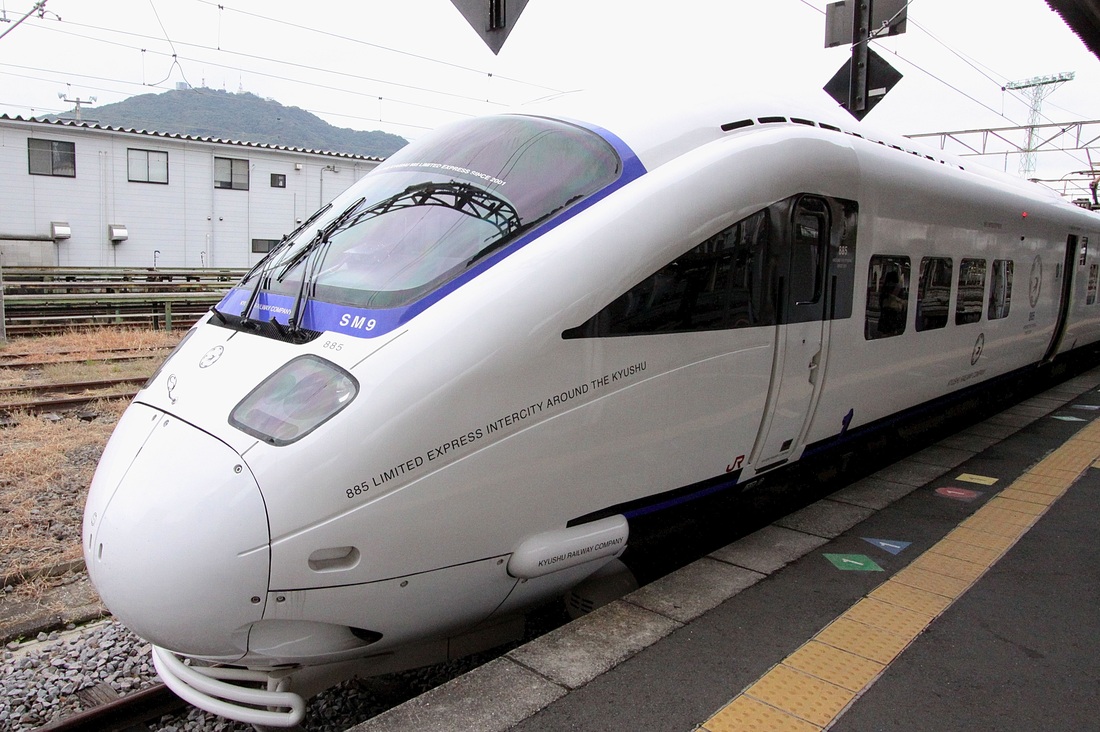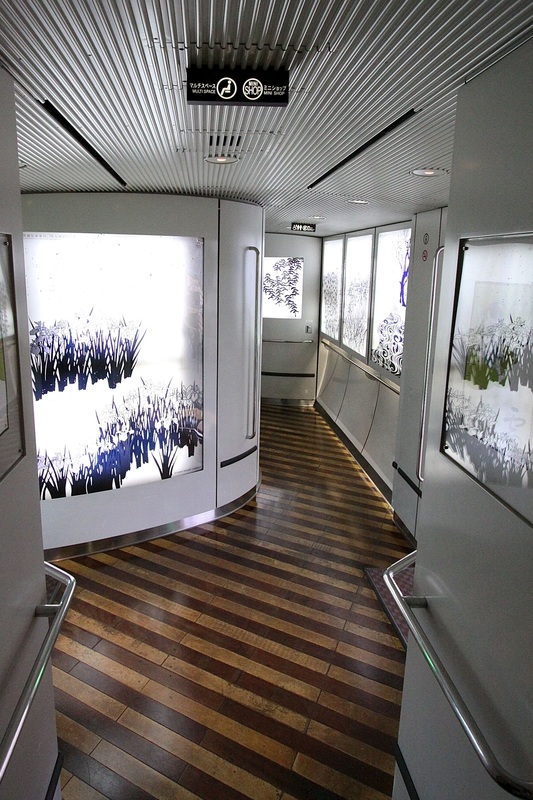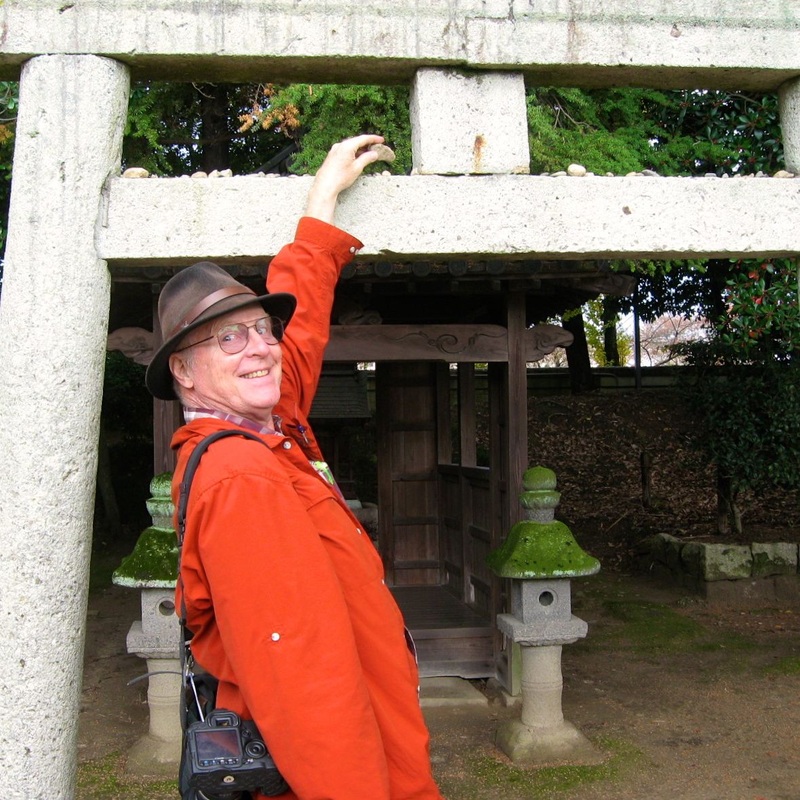Finally, the last, and most southerly, port of call for this sojourn - Nagasaki.
A jet-foil from Goto (that is the foil in the up-position on the bow) landed across the harbor from the mega-Mitsubishi Ship Building yard.
A short walk to the hotel and 7 stories up, to overlook the Urakami River valley and Mt. Inasa, ...
…which I went up in 1964 by day, and...
…and this time by night. One can't see but those rice fields at the base of the hill are long gone...
In the early 1600's when the military government decided to expel all foreigners (and their muskets and bibles) they allowed a small party of Dutch to live on a purpose-built island in the harbor: Dejima.
Over time the prohibition ended and the island was buried under more harbor infill projects. It has been rediscovered, and a model of it built to show what the reconstruction of it will look like.
Quite a bit has been finished; and careful archeological exploration continues, to inform the design and reconstruction of the pieces.
Needless to say the whole place has become a major tourist destination. Not sure about the pugnacious guy on the left, but it appears the effort is scrupulously authentic.
Right down to folks in period dress yucking it up with the tourists.
The exteriors, with ...
... the windows of the time - both Japanese and...
…western and ….
the interiors, with wallpaper recreated in the Netherlands, represent the different lifestyles of domestic and international populations.
Not so old as 17th Century buildings, the street car system has been preserved, but...
updated with contemporary bi-lingual graphics, and ...
…some of the rolling stock is updated too.
As is the clothing of customers.
For many "Nagasaki" brings to mind August 9, 1945, the date of the second atomic bomb attack on Japan, three days after Hiroshima. At an overlook of the area directly below the explosion, this photo shows what it looked like in mid-October 1945, and, looking up, what it looks like now.
Nearby is Peace Park, a gradually expanding park around the Peace Statue of 1955. Many nations have donated statues of their own, often depicting women and children.
It was much simpler in 1964, and the statue more approachable, than...
…it is now. Kind of hard to read the plaque on the right side.
But maybe group-jump photos are of more interest to school girls 50 years later.
Next to the Park is the Atomic Bomb Museum, dug into a hillside, with skylight frames which remind one of...
…origami cranes, and the shadow they cast on a wall.
A curving ramp leads tour groups from grade level down to the galleries, which present the before, the event, and the aftermath.
They end with exhibits which show the problems of nuclear weaponry continues around the world, such as in Hanford, Washington and various places in Nevada.
Though the explosion and fires devastated much of center Nagasaki (they were aiming for the Mitsubishi Shipyard but missed by a few miles), neighboring vallies were spared. Suwa Shrine, 1614, was built to reinvigorate the indigenous religion in the wake of Christianity's expulsion.
It too attracts visiting school groups…
…where the purification fountain, complete with instructions on the proper procedure to rinsing hands and mouth, welcomes them.
To the side a small pond garden with, of course, koi, provides a place to take a break from the tourist trail.
Also off to the side is a pair of "stop-lions". It is said that purchasing a string, and tying it to a leg, and praying for assistance, will help one give up something… smoking… drinking…dreaming about owning a Ferrari.
The Inari Sect of Shinto, recognized by the line of votive orange torii gates, often has shrines near other, larger ones.
At the entry to the shrine itself there often is a fox with a "wish granting ball", and...
…and its companion, with a key to the granary. Inari is the God of RIce, which, in agrarian days was a pretty important diety to pray to. Over time rice was supplemented with other commercial activities, and this sect is very popular with business people.
After all the orange gates, the shrine building is a bit anti-climatic. But it only needs to shelter the rope and the bell it rings, and the offering box , into which a coin or two is thrown, and provide a dark interior recess to heighten the mysterious workings of the deities.
Back down the steps thru the large torii of the main shrine, and...
...…over to the Buddhist temple side of the valley. The main gate of Sofuku-ji (1629) clearly shows Chinese design origins…it was founded by a Chinese priest for citizens from the mainland.
The main hall's roof line has been tempered by Japanese sensibilities, but the ornate balustrade shows Chinese influence, as does the red coloring.
Kofuku-ji (1624) has similar lines and colors...
…with massive roofs and...
…very Chinese details: kirin and dragons!
And fish….large wooden fish boards are used to mark passing of time with wooden clapper, slowly eating away at the scales.
Unlike Shinto shrines, where the interiors are off-limts, dark and mysterious, Buddhist temples invite one in with a multitude of of statues, tapestries, ritual accessories, etc. and...
|
…side halls with statues of other deities, such as Guanyuin (a.k.a. Kuan Yin, Kannon).
|
|
From the sacred to the profane, over "Spectilcles Bridge" (1634)...
…to the former HSBC Bank building (1904), now a banking museum.
Enroute a stop at a vending machine, with a photovoltaic panel to help power the heating and cooling of drinks: blue for cold, and red for hot, all year around.
Nagasaki is the end of the line, and, although a high speed line is coming its way, the station still have an old timey feel to is modest low-rise platforms.
But things inside are a bit more up-to-date with a traditional Japanese drink….
…and the signage is bi-lingual, tho it seems "consist" is not in vogue, so call it "organization" and leave 'em wondering.
But nothing shabby about the rolling stock. It may not be high-speed, but it is high design!
And this is just the entry area, with toilets, vending machines, and telephone. Climb aboard, sit back and relax and head for home.
They say if you toss a rock up on a torii and it stays you will have good luck. Does it count if the torii is short and the person is tall, and places does not toss the stone??
